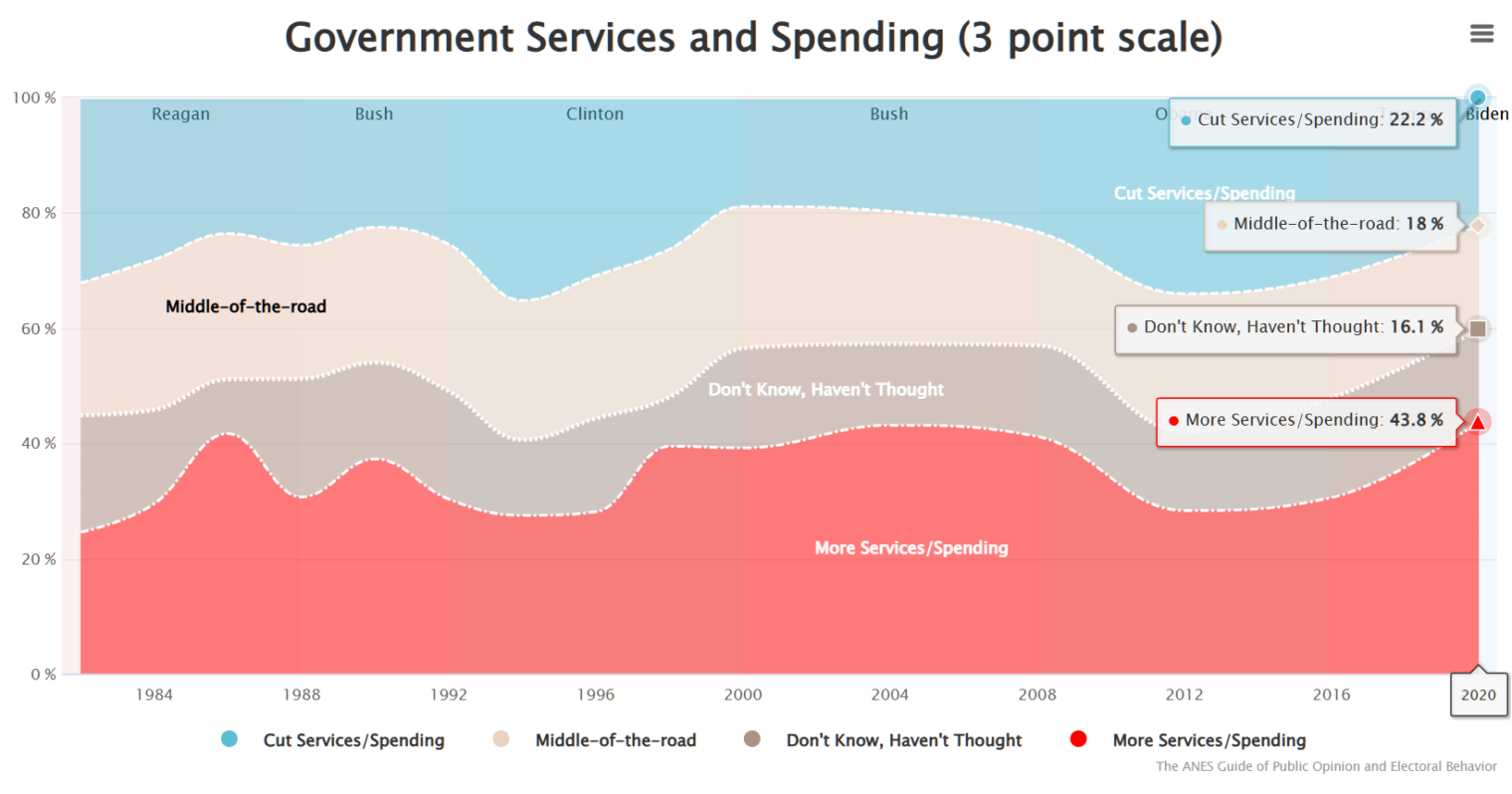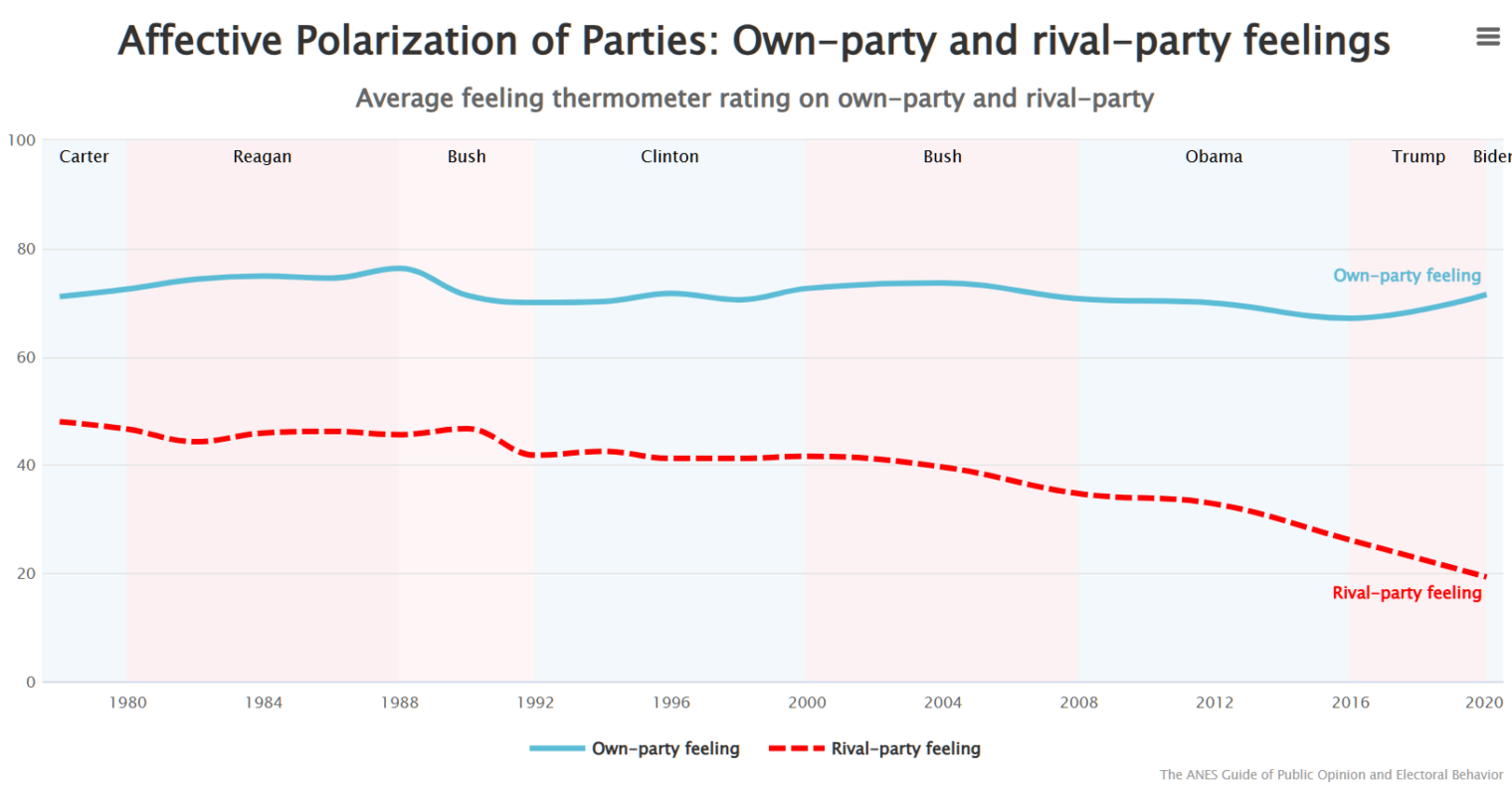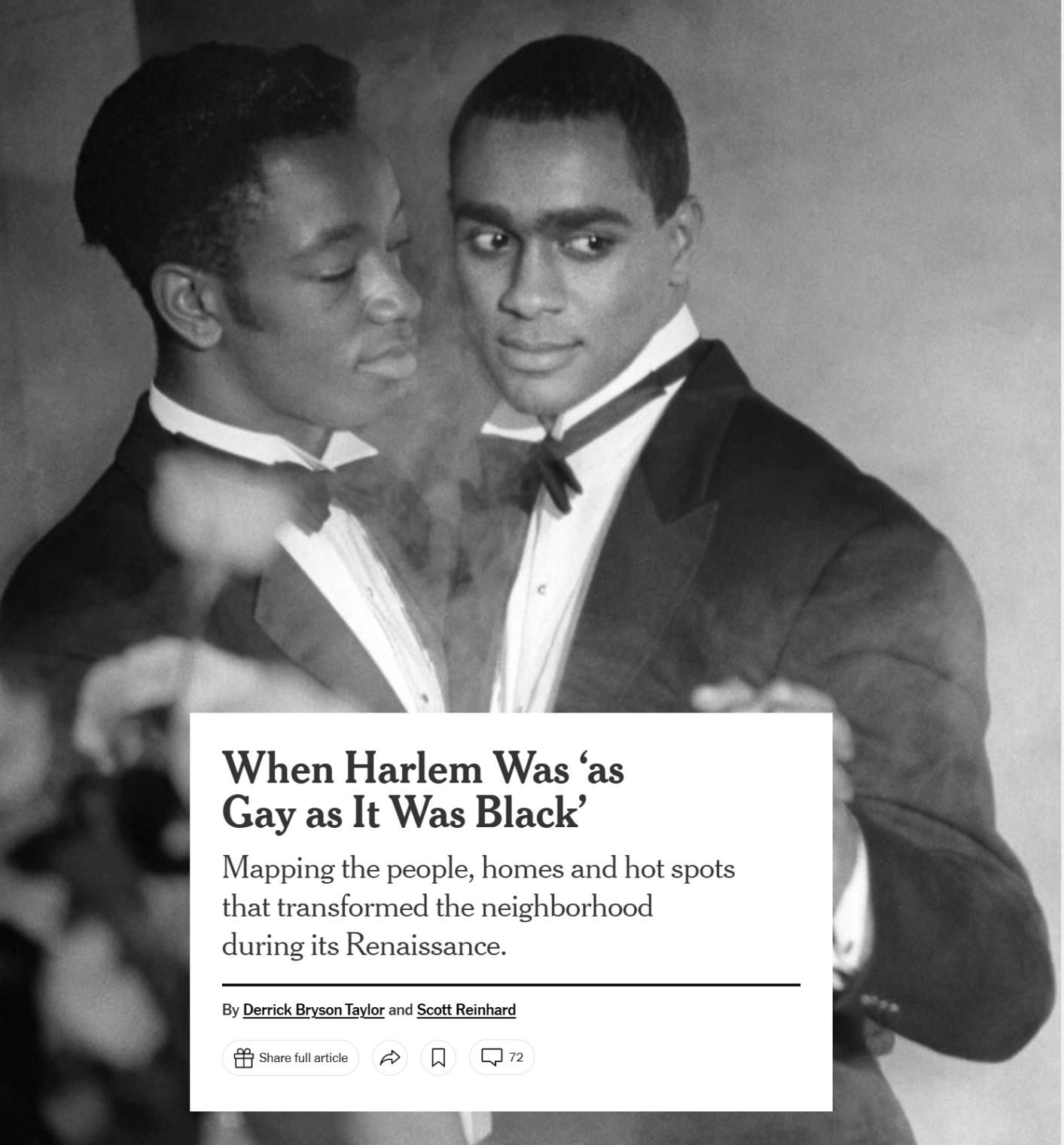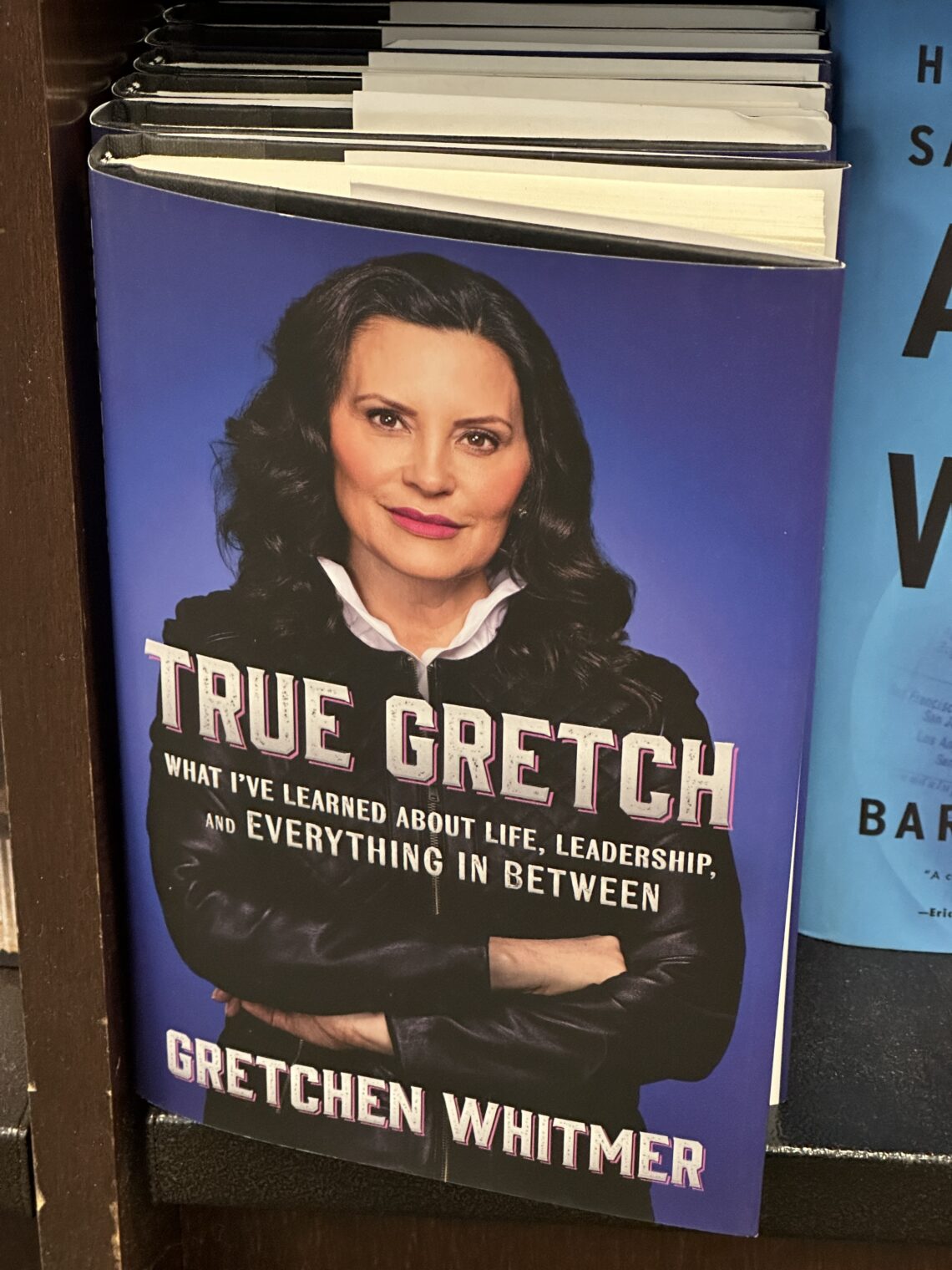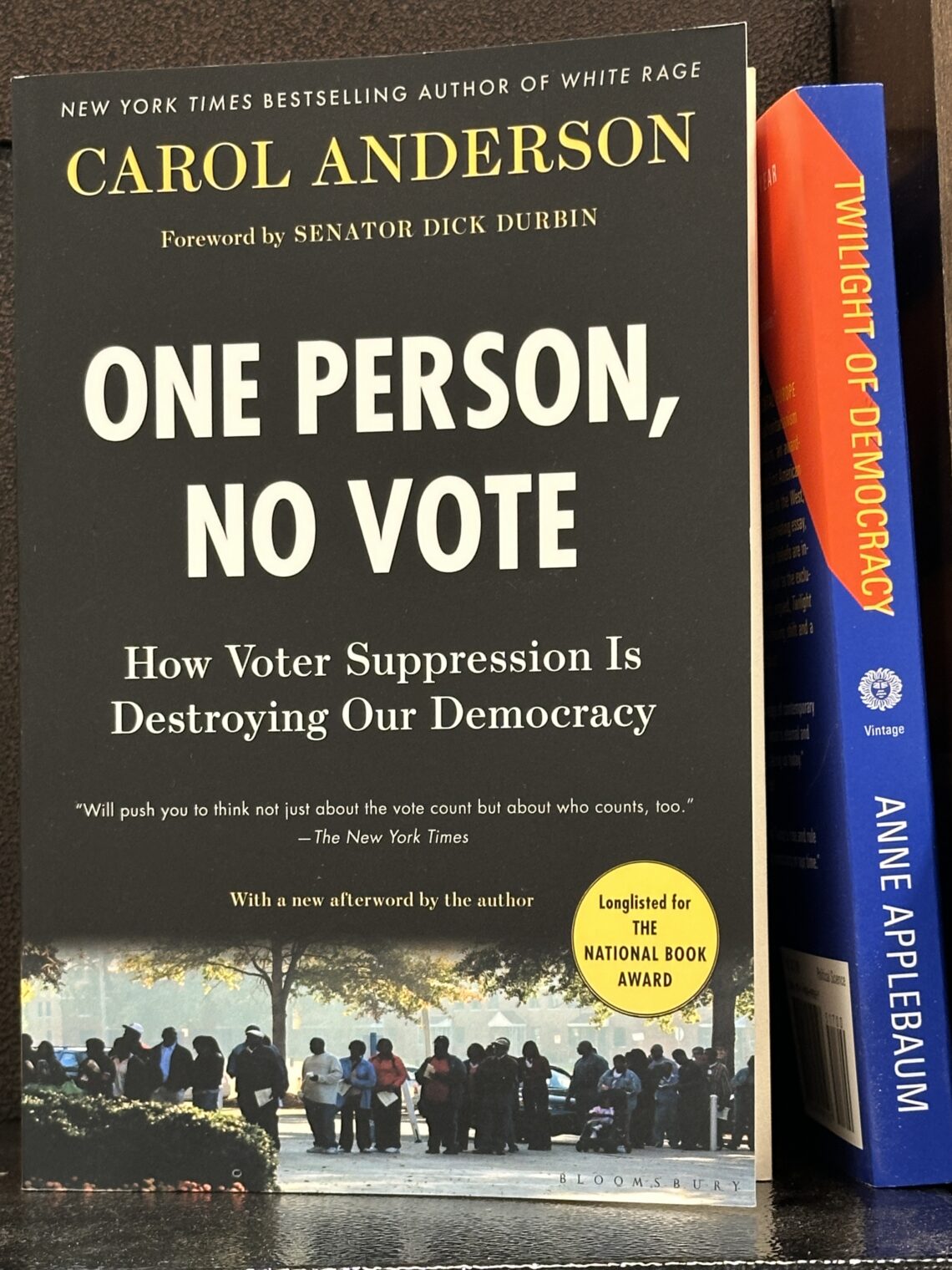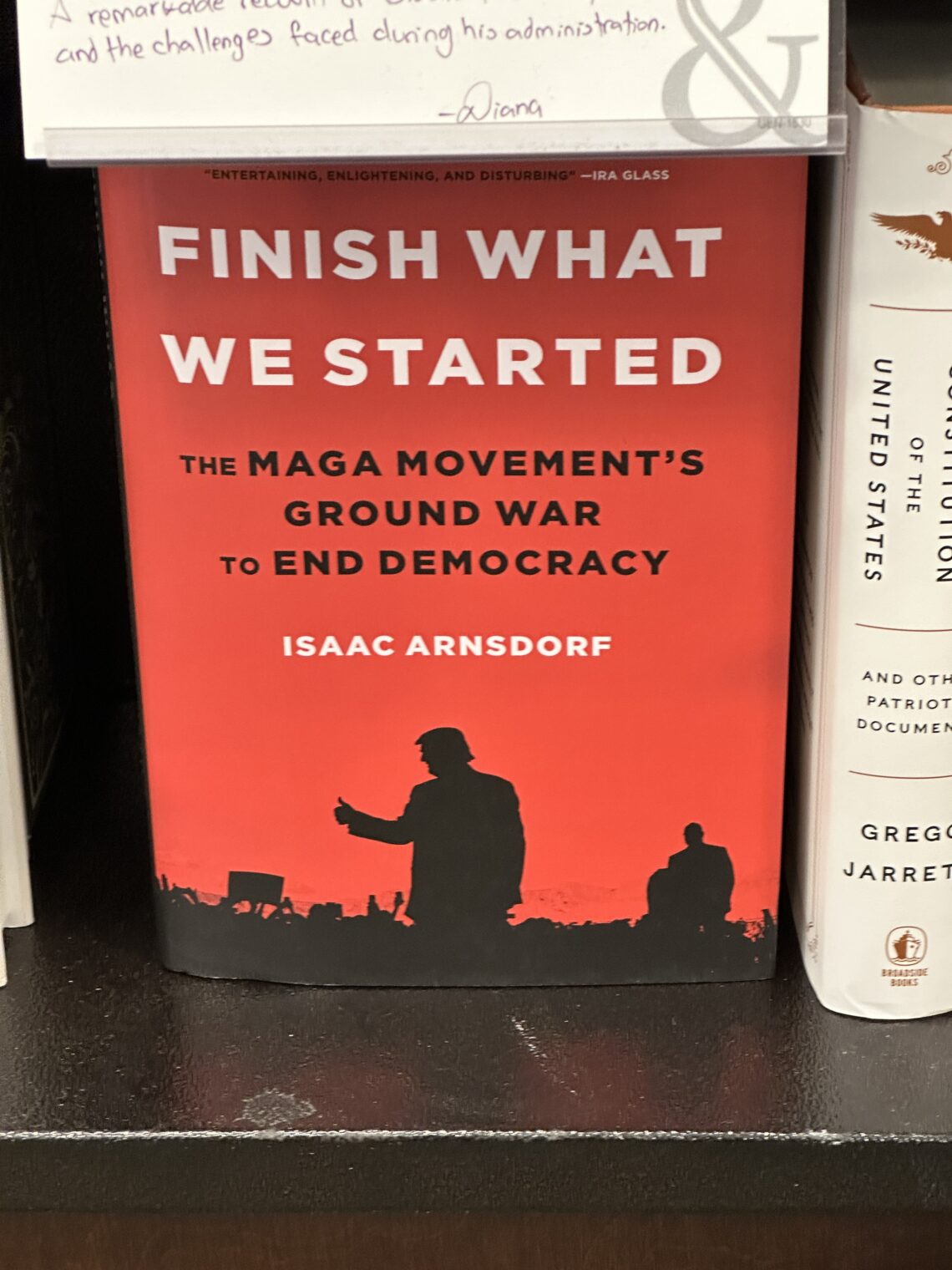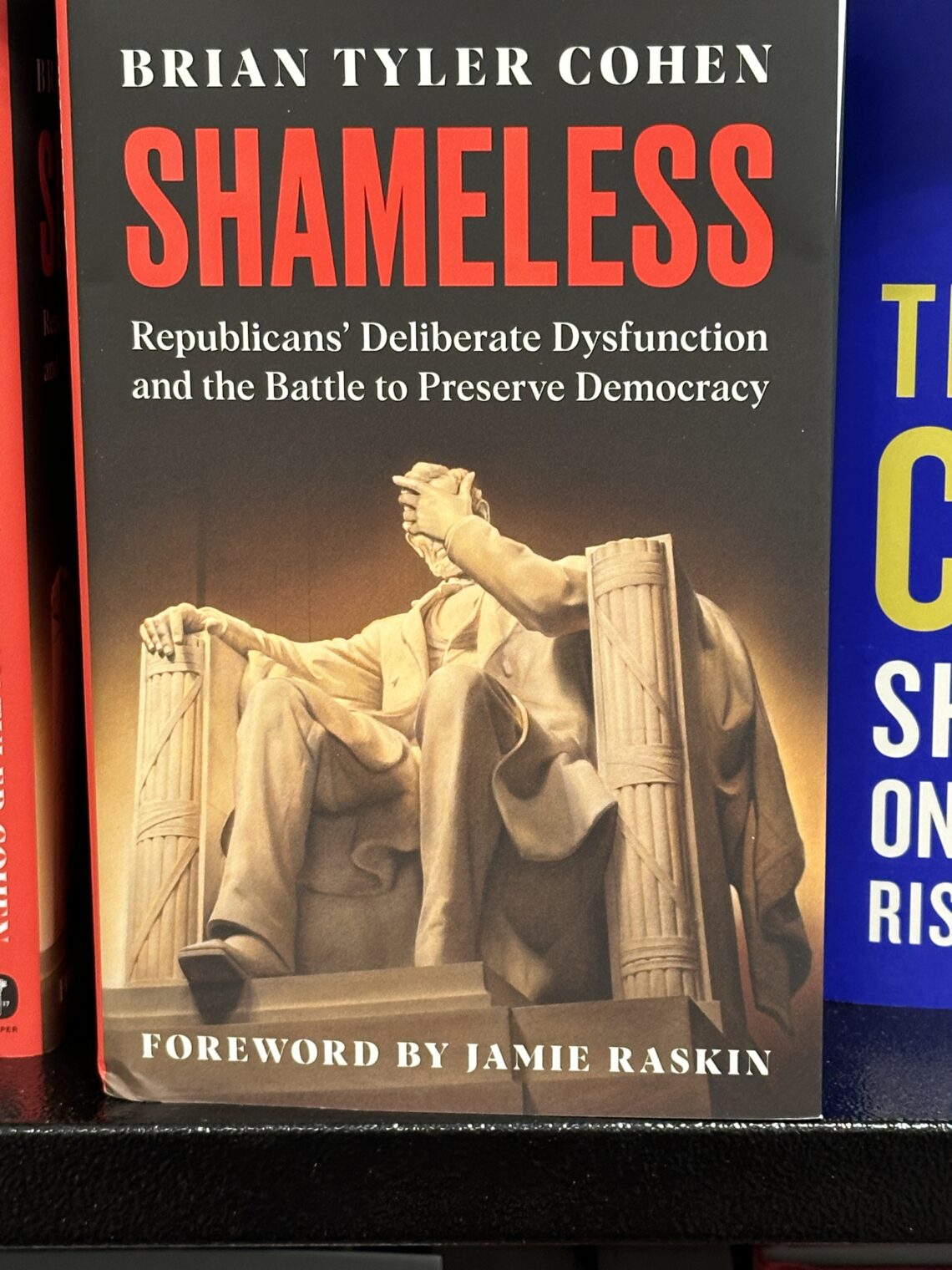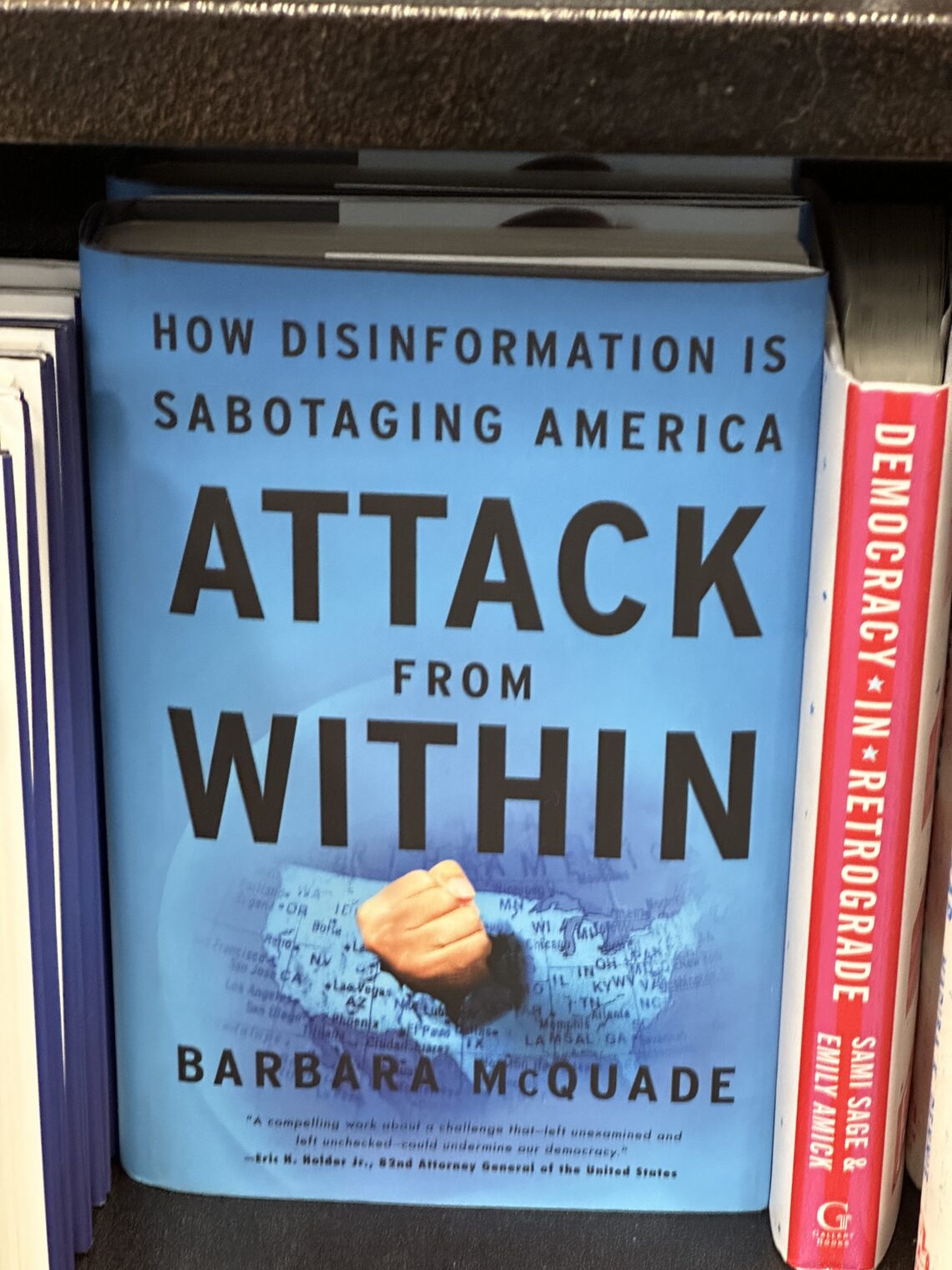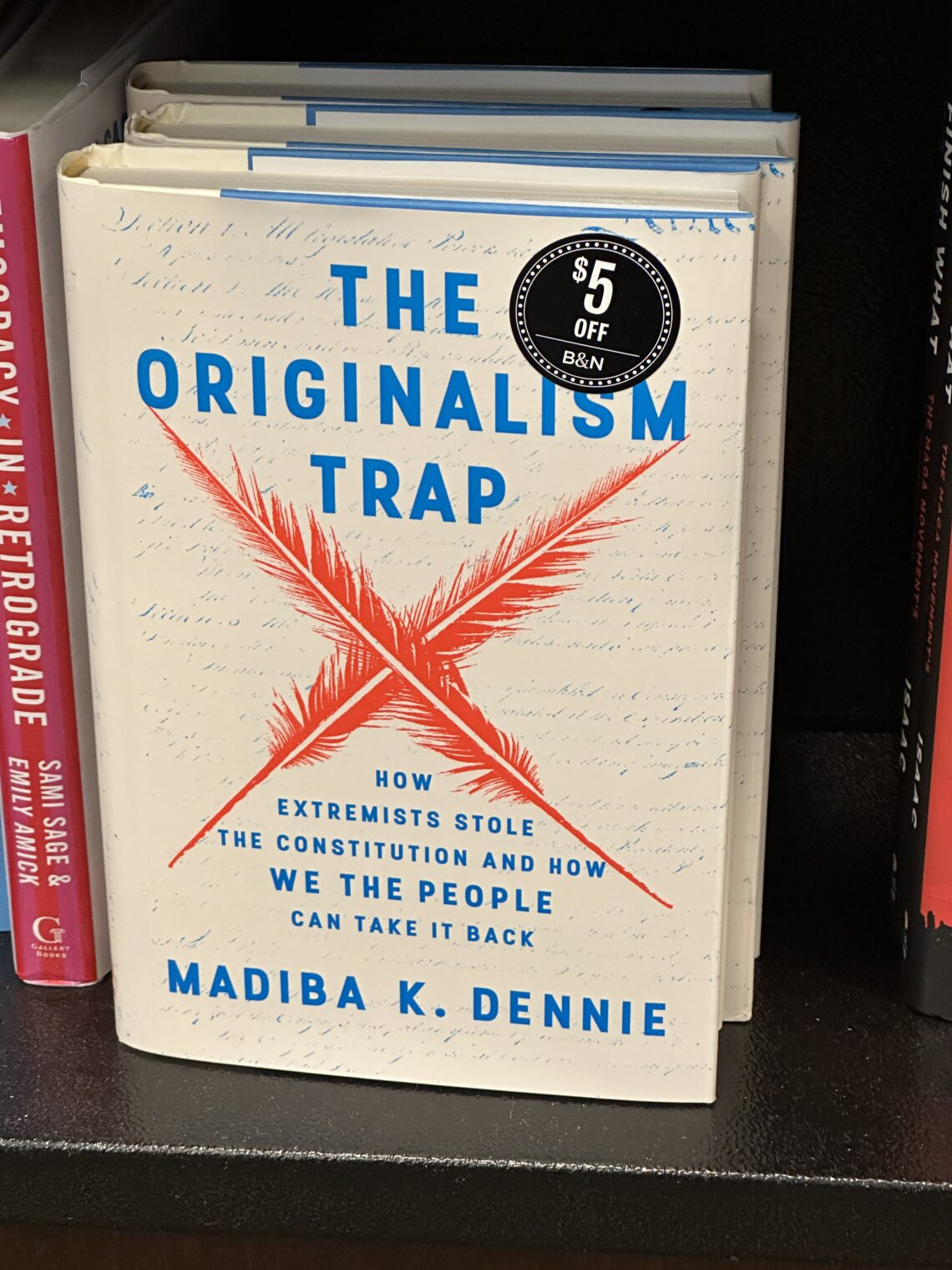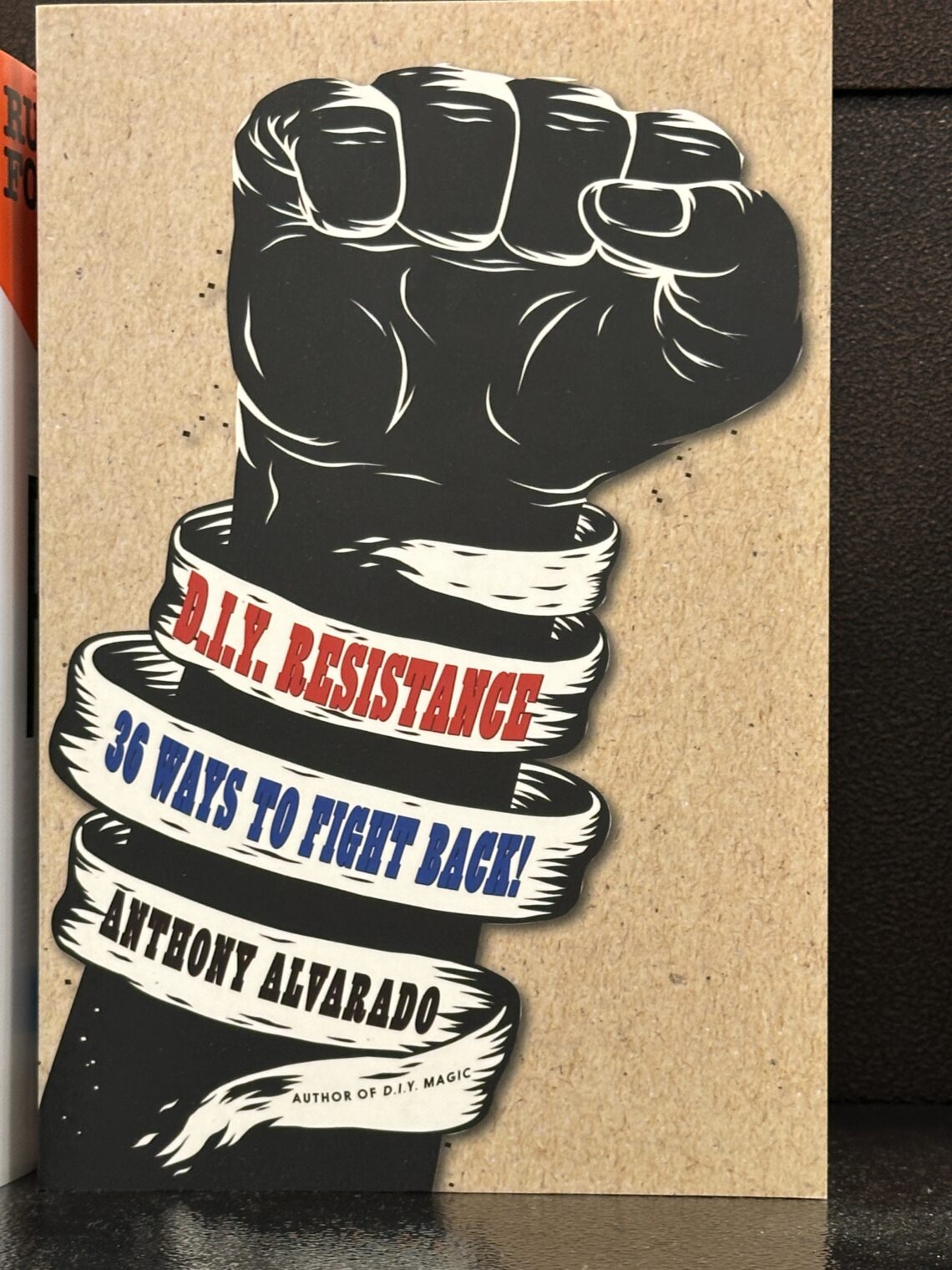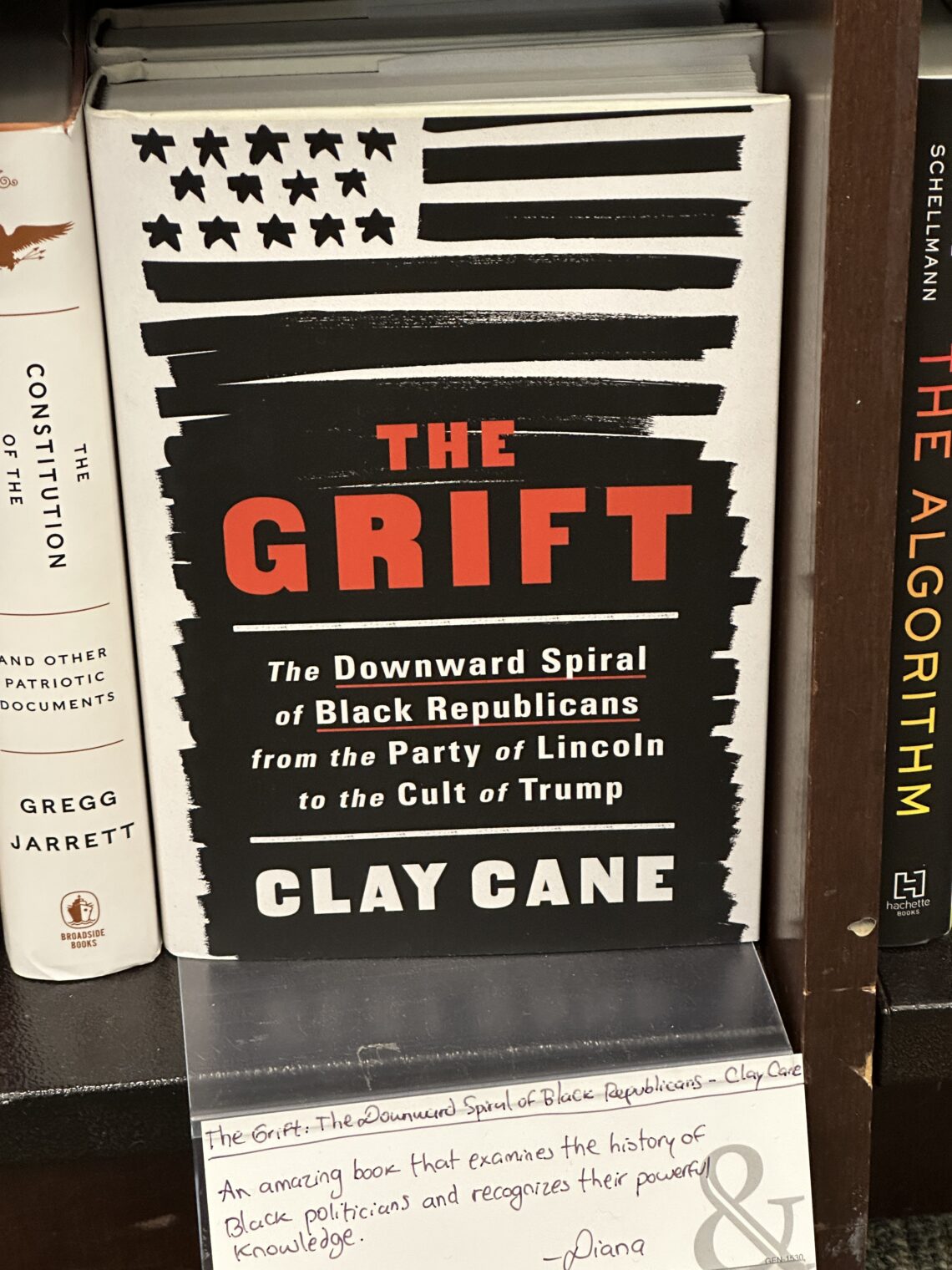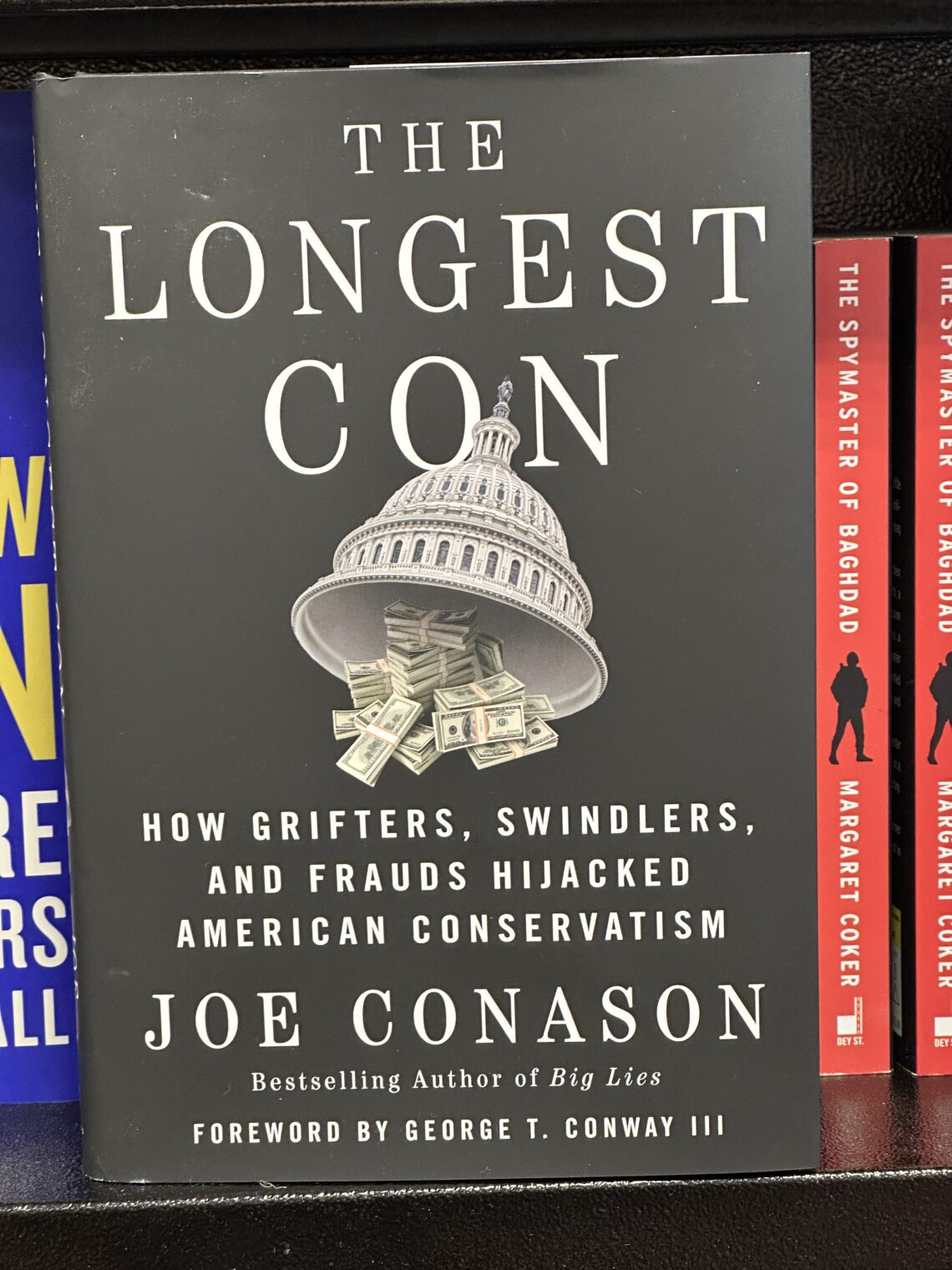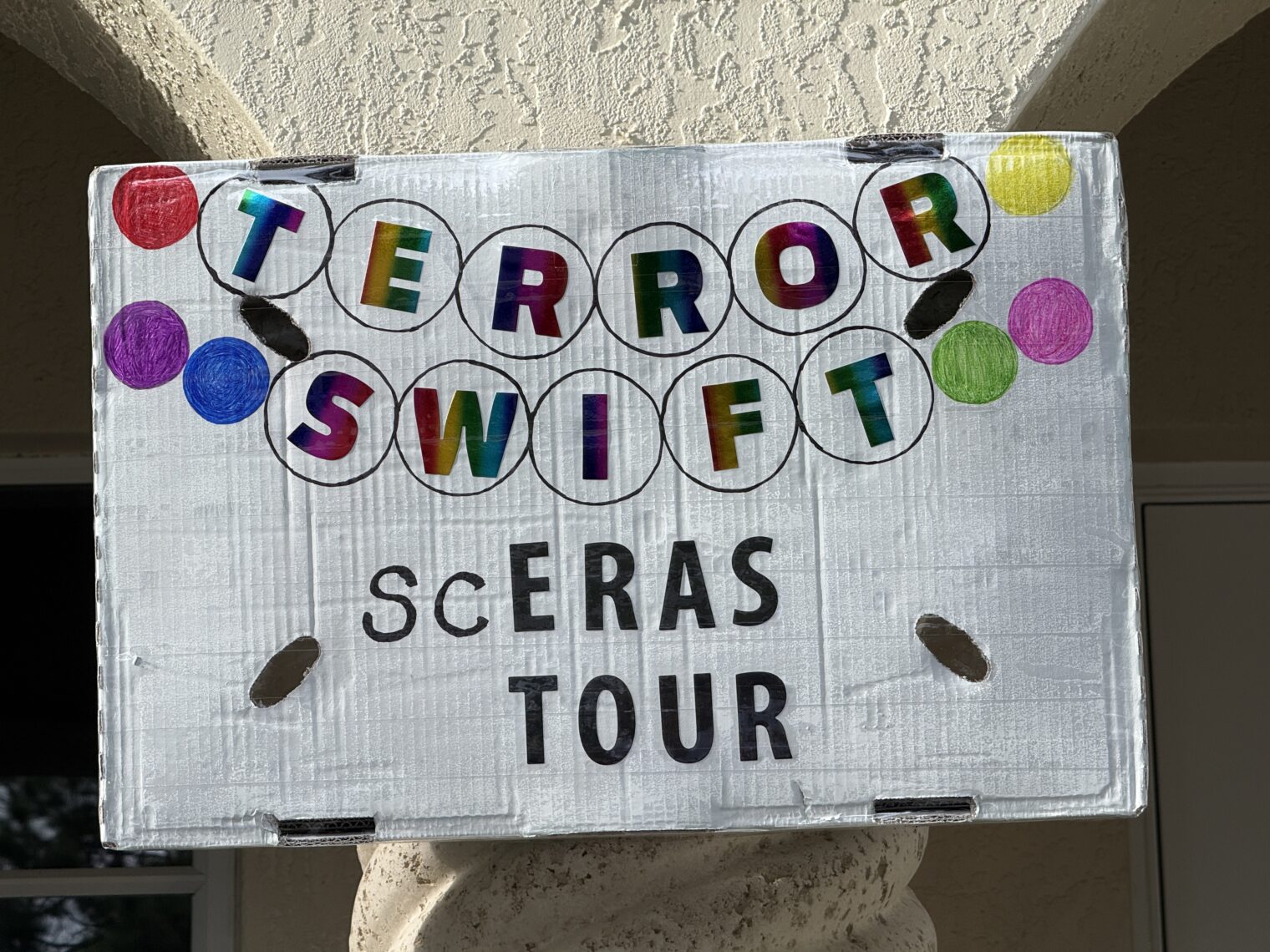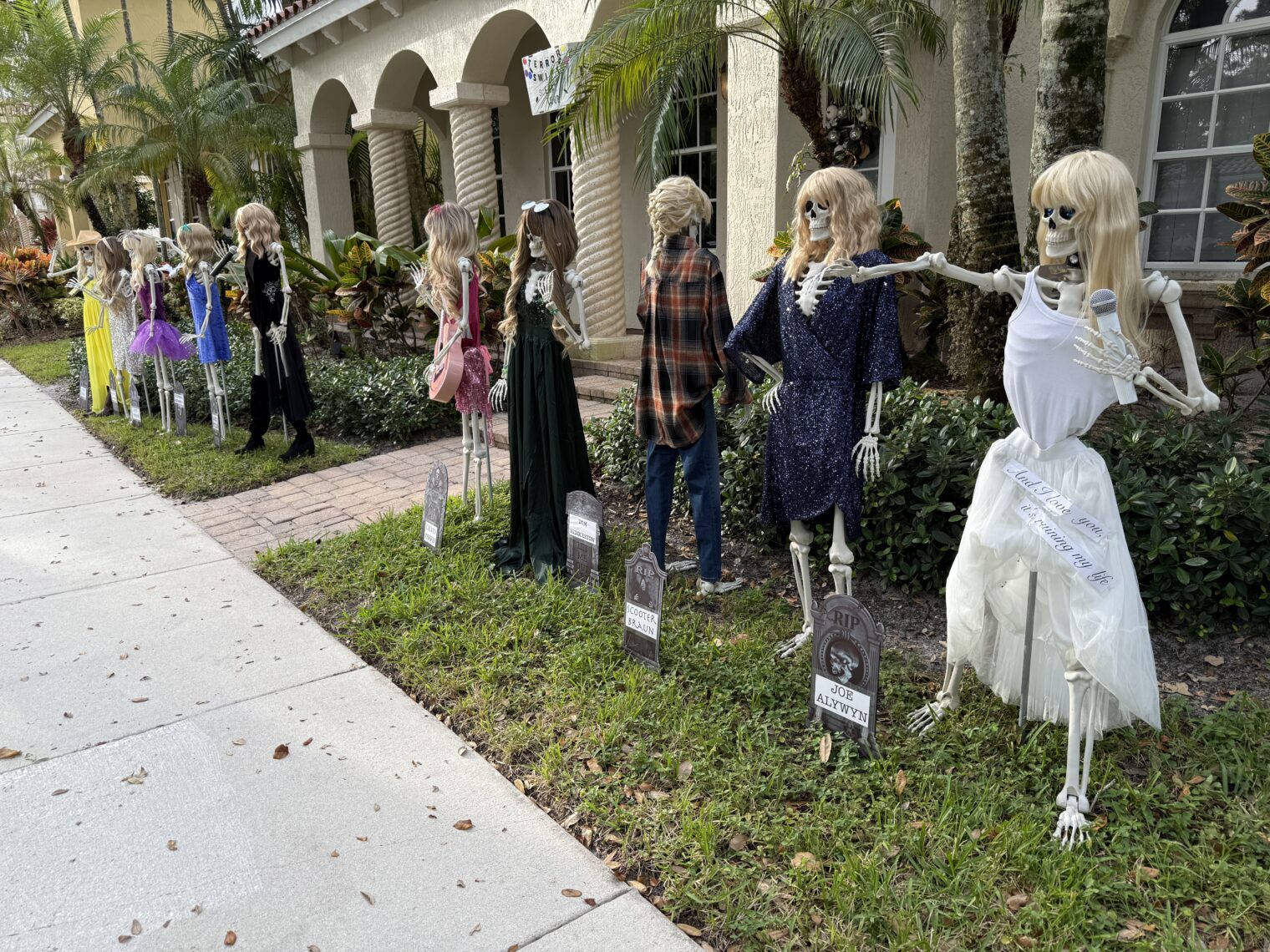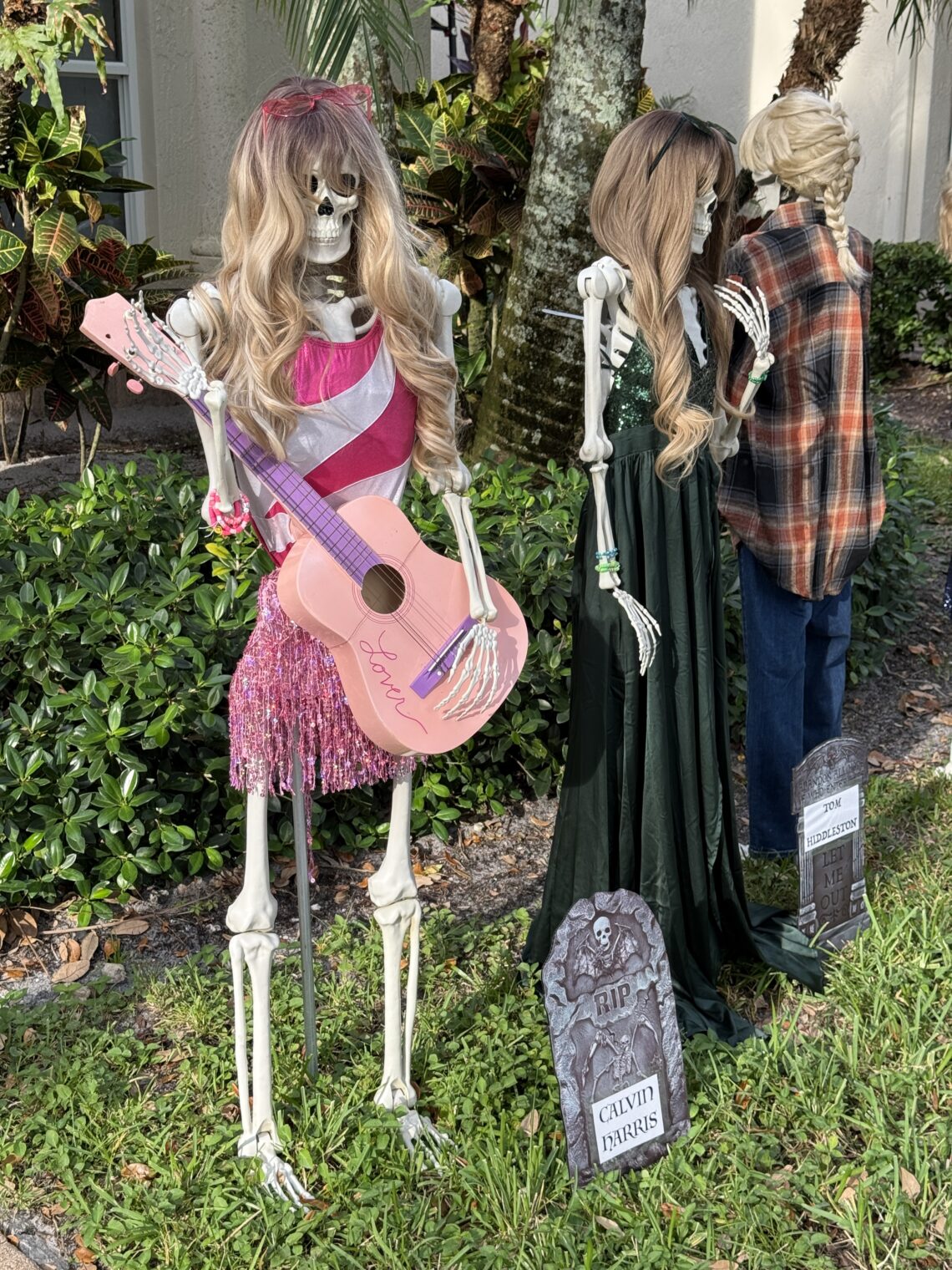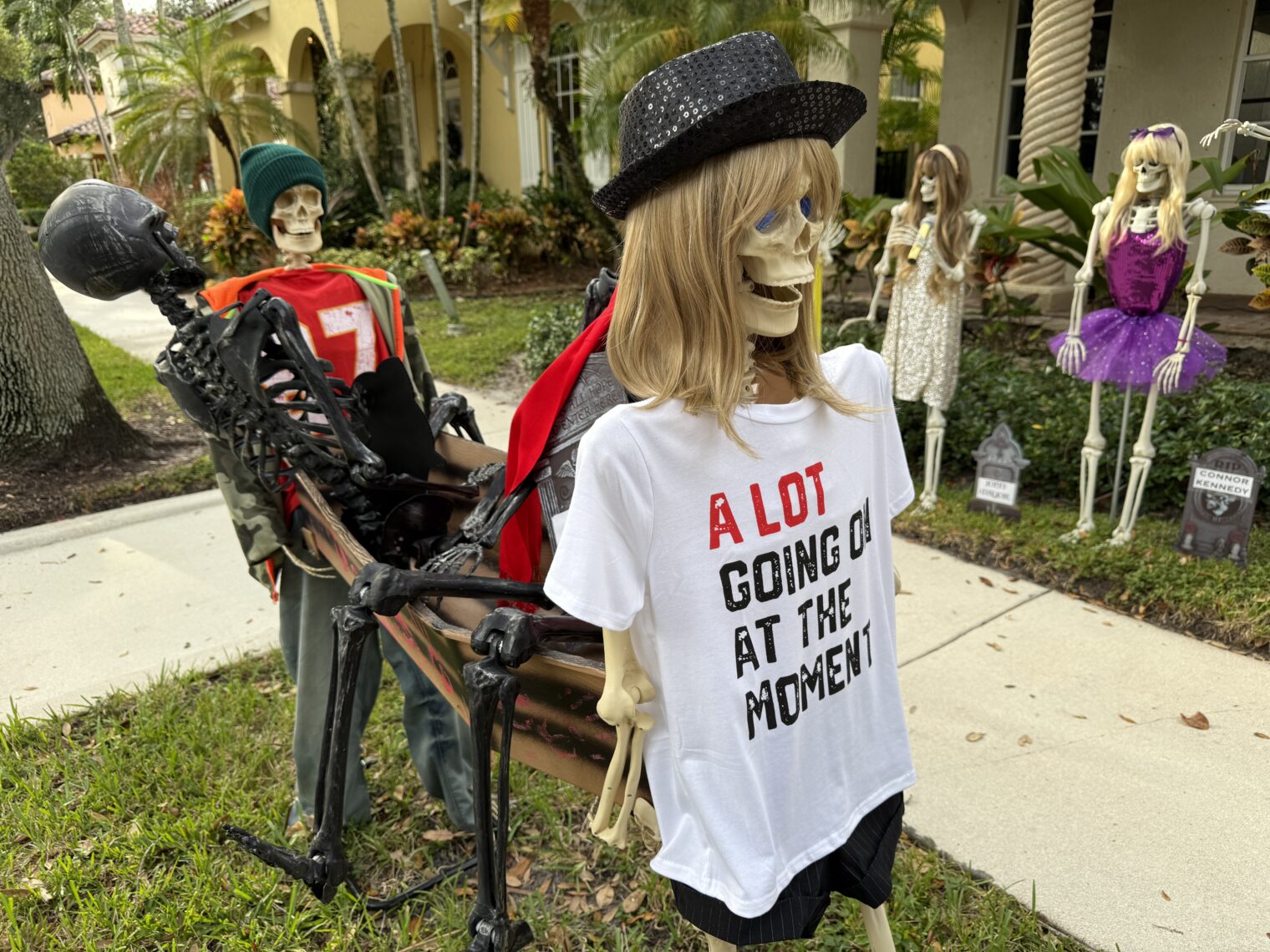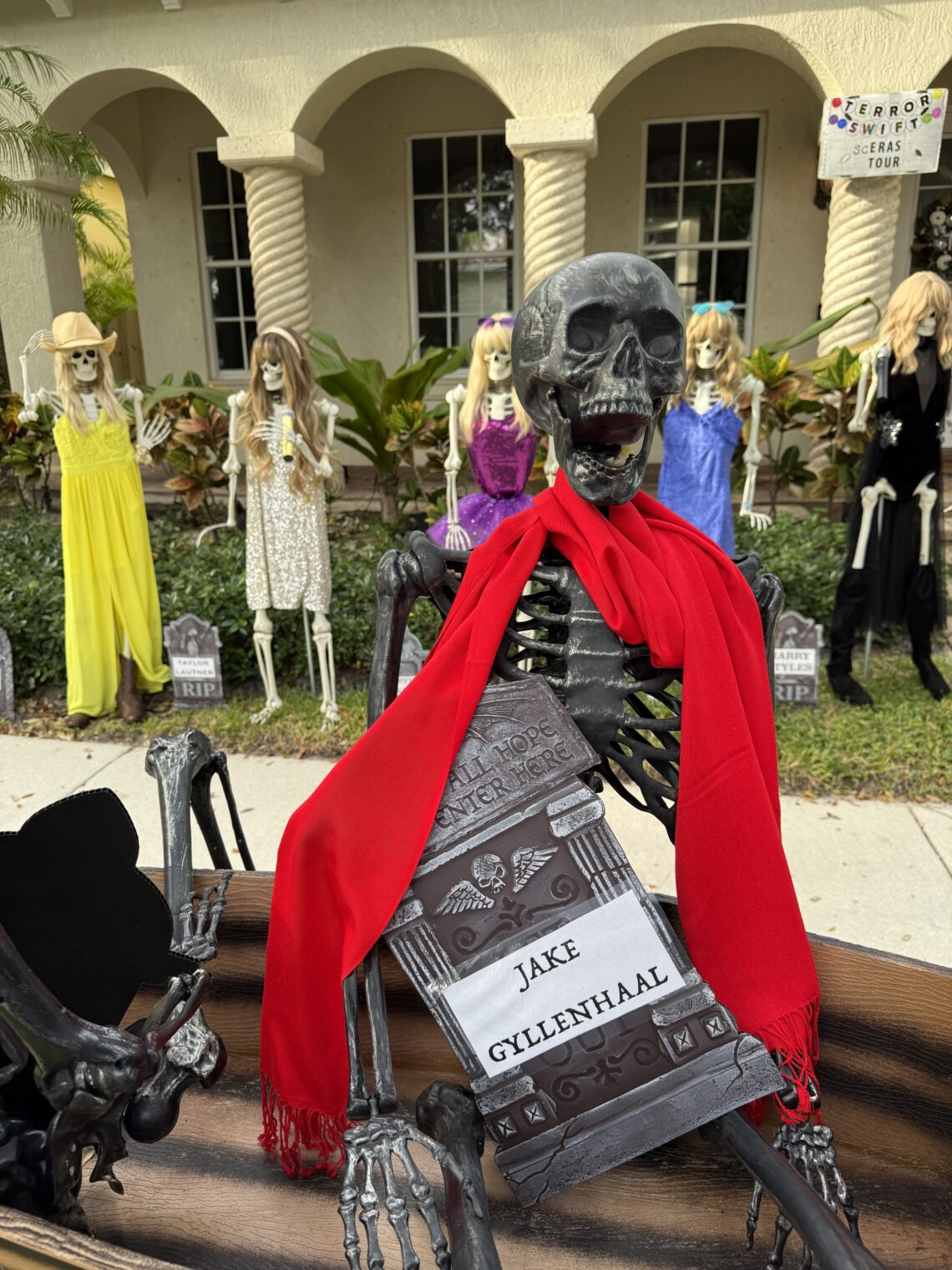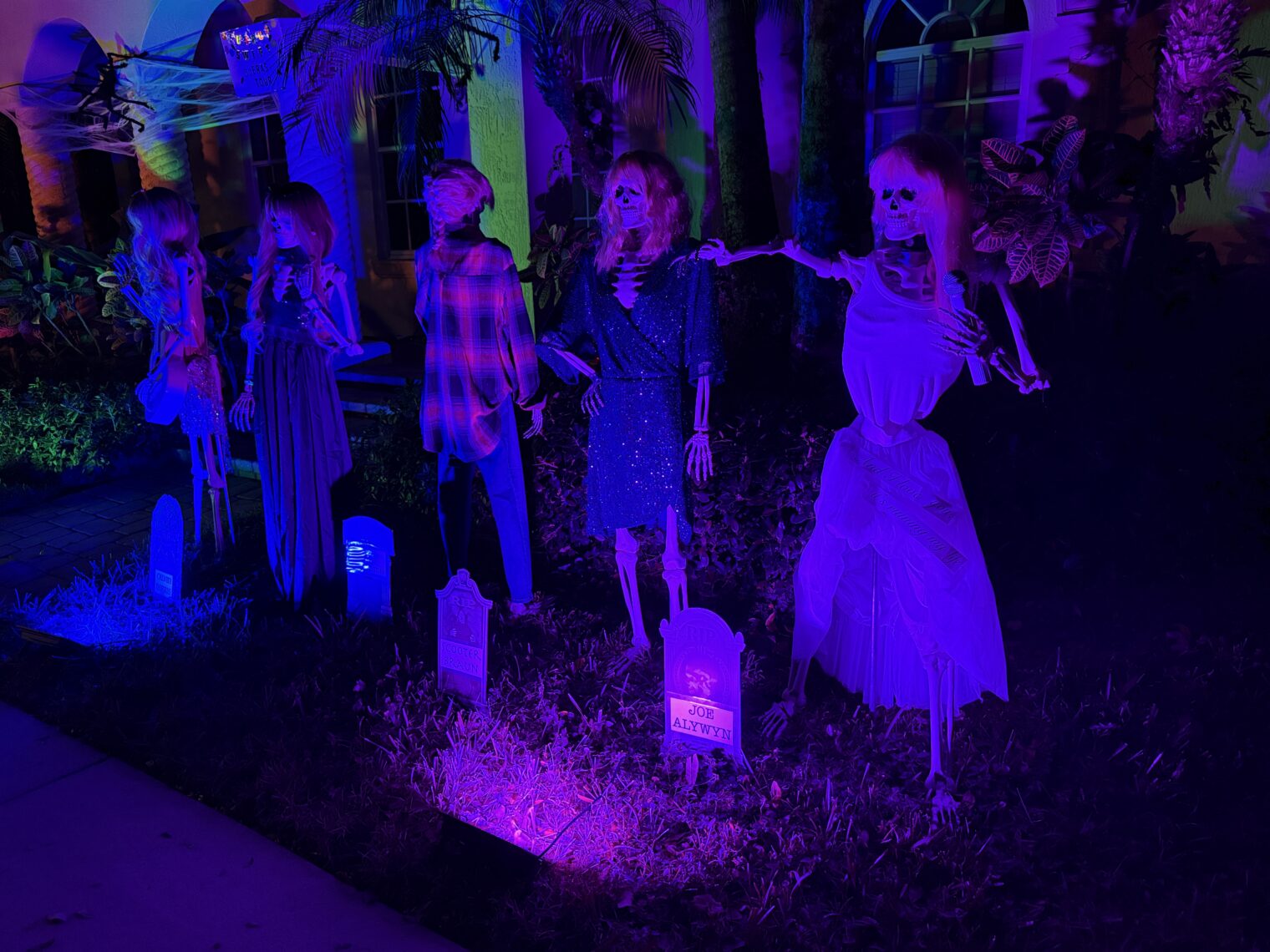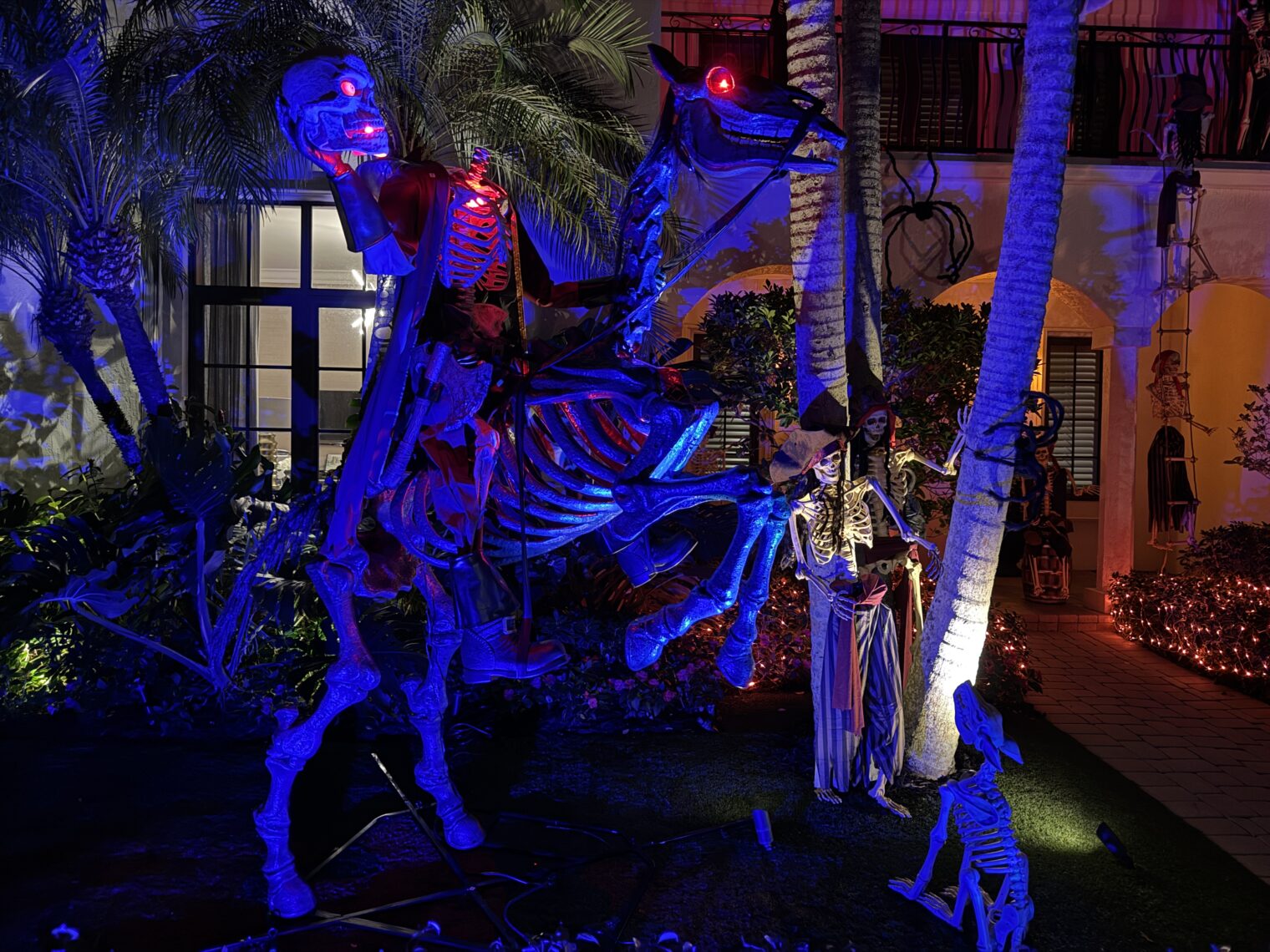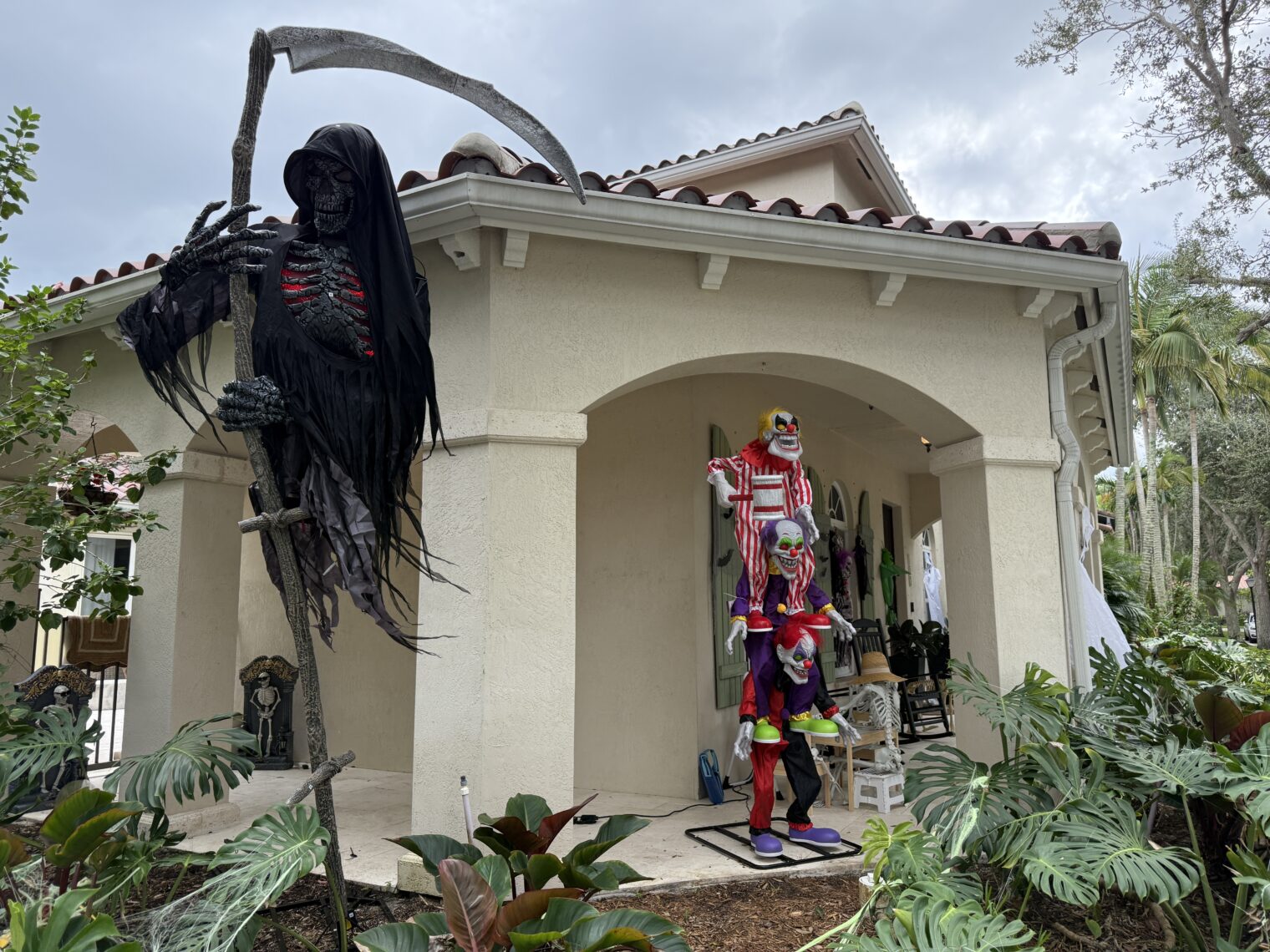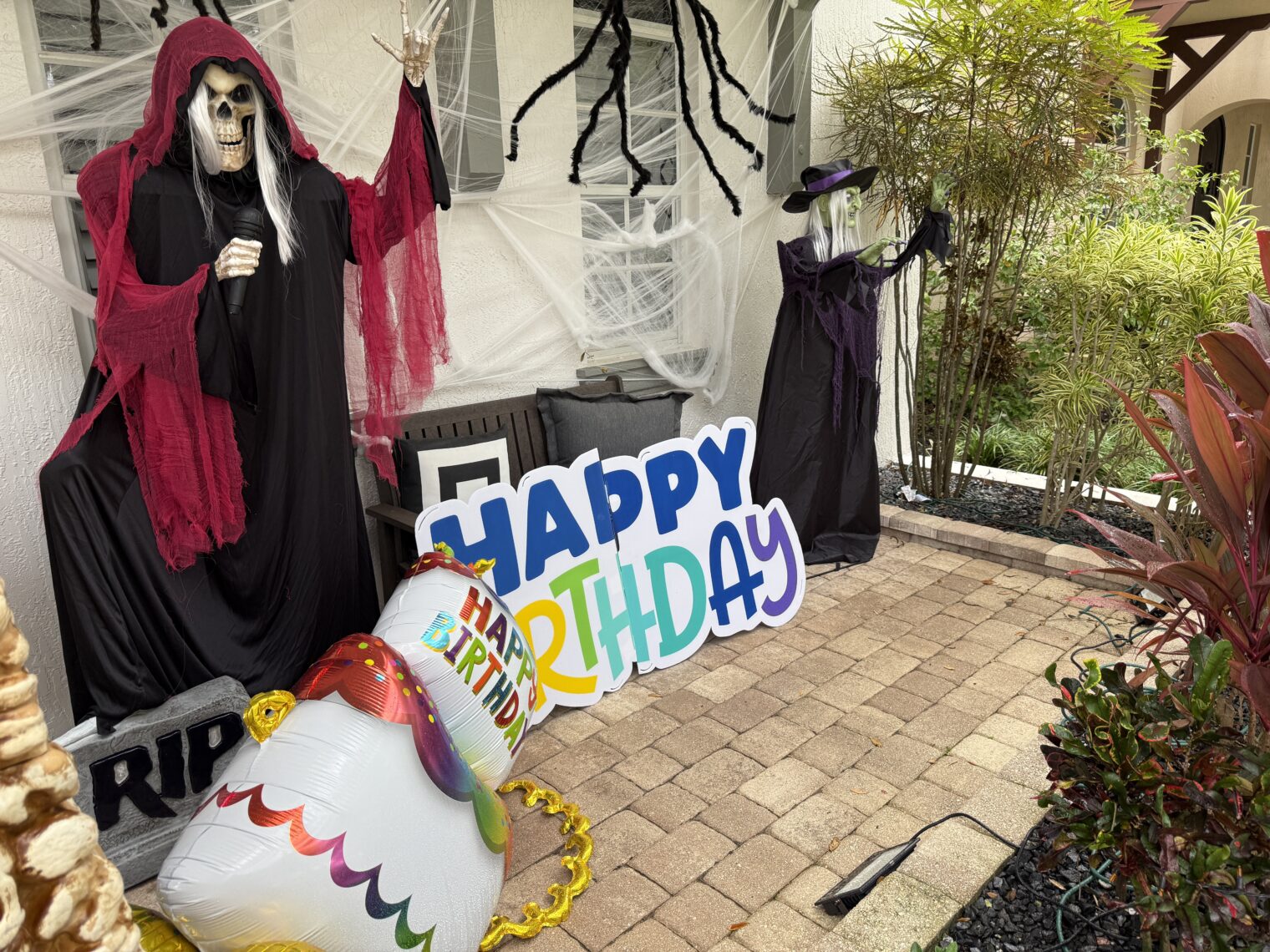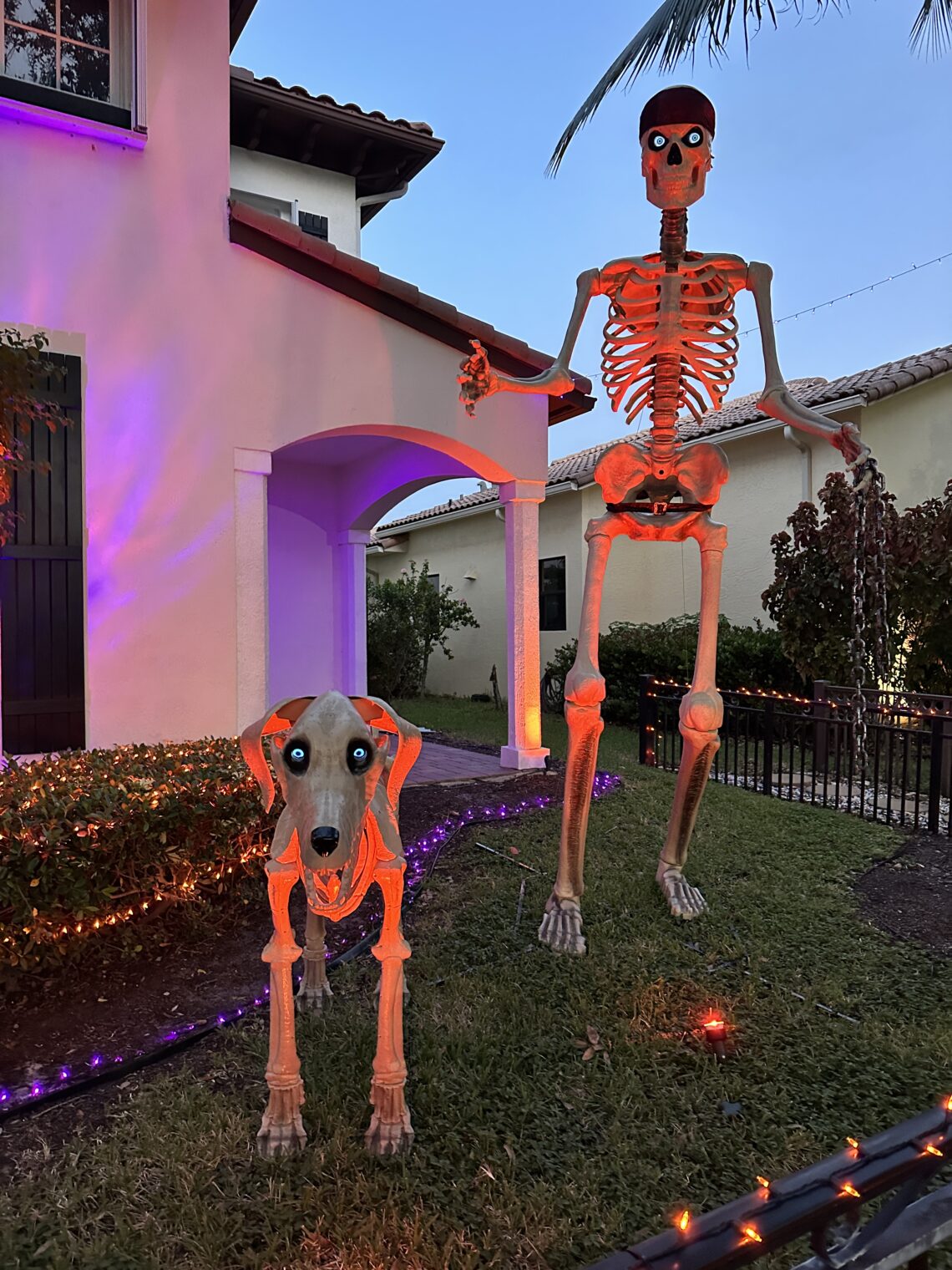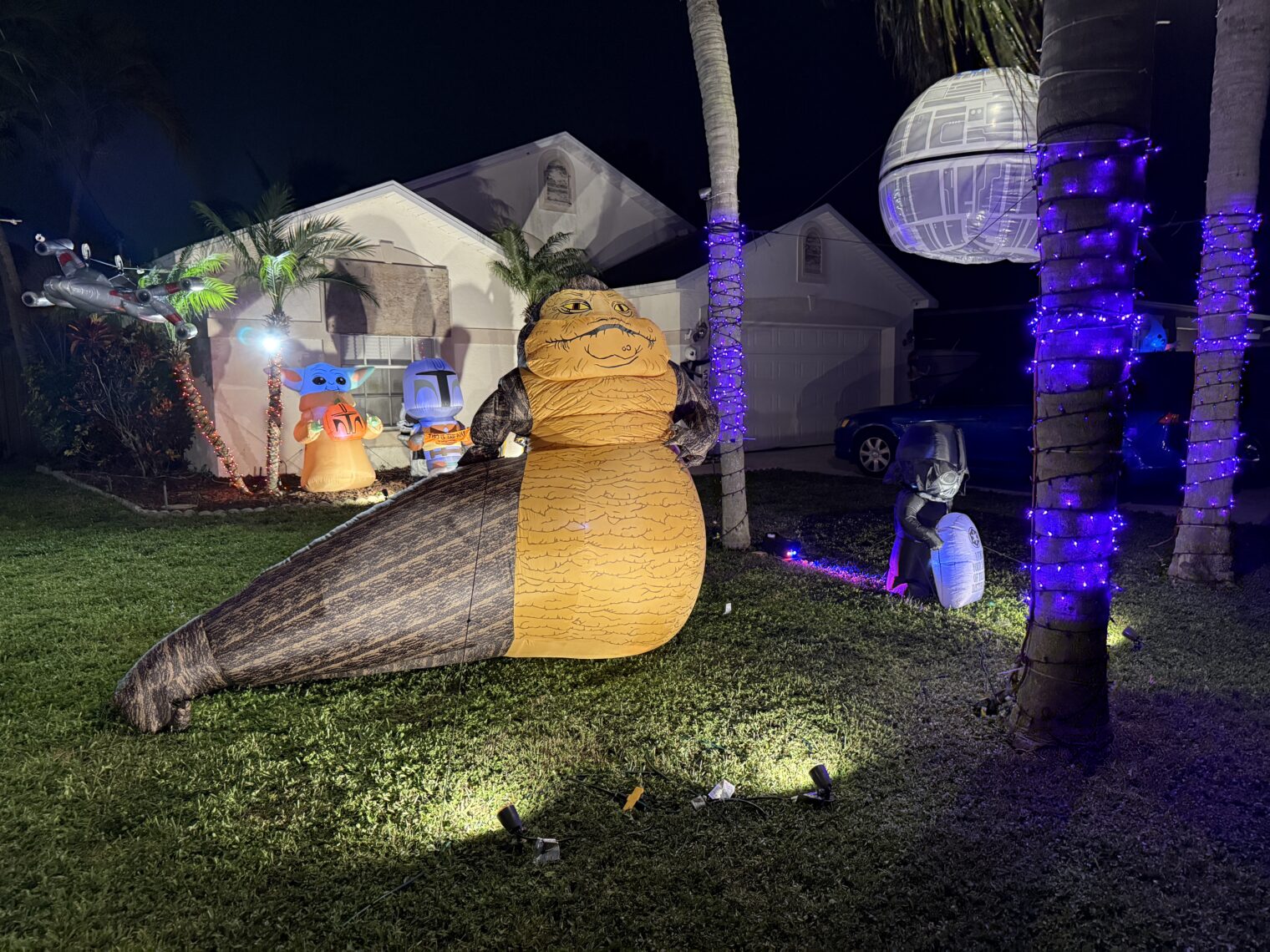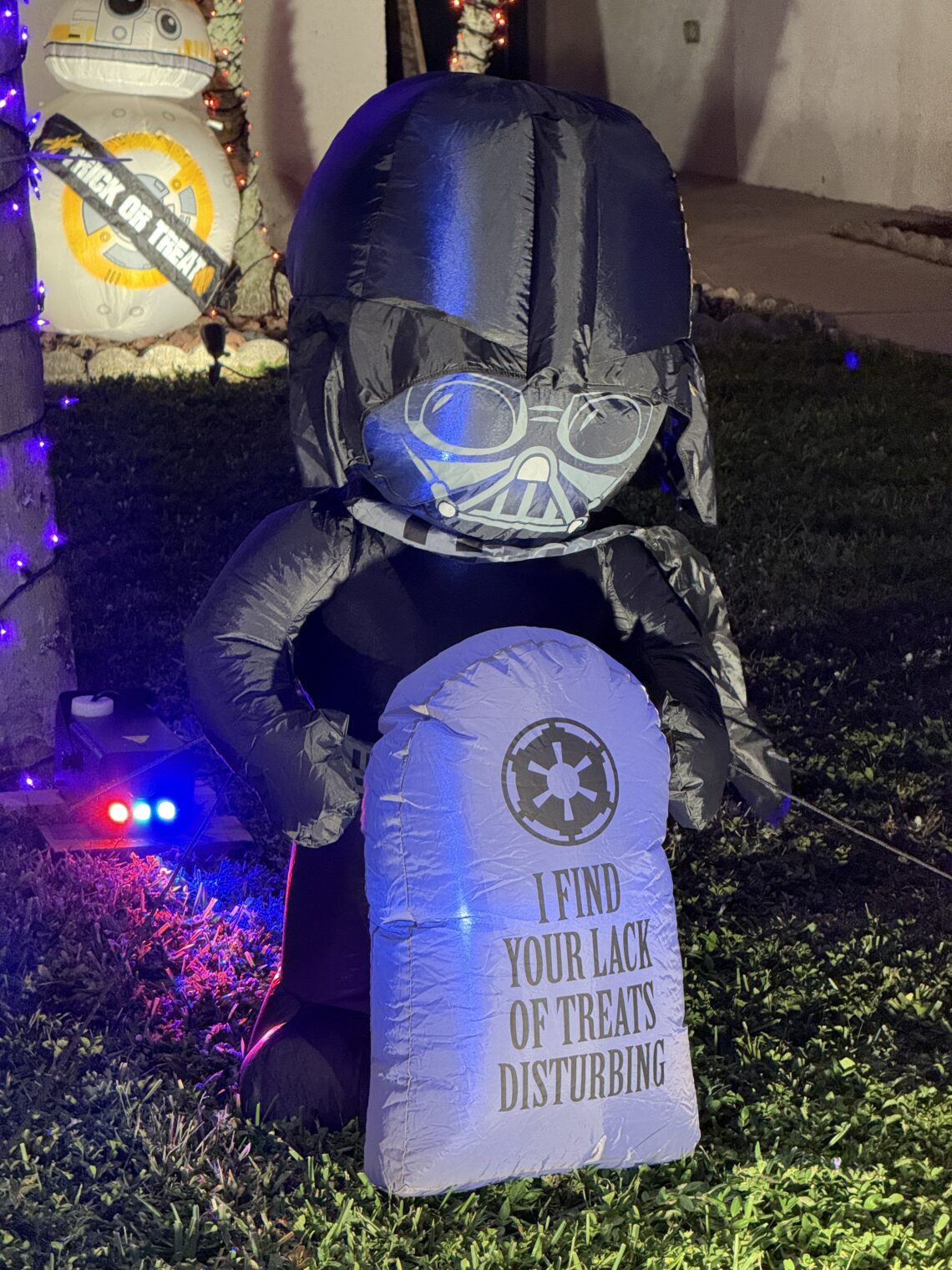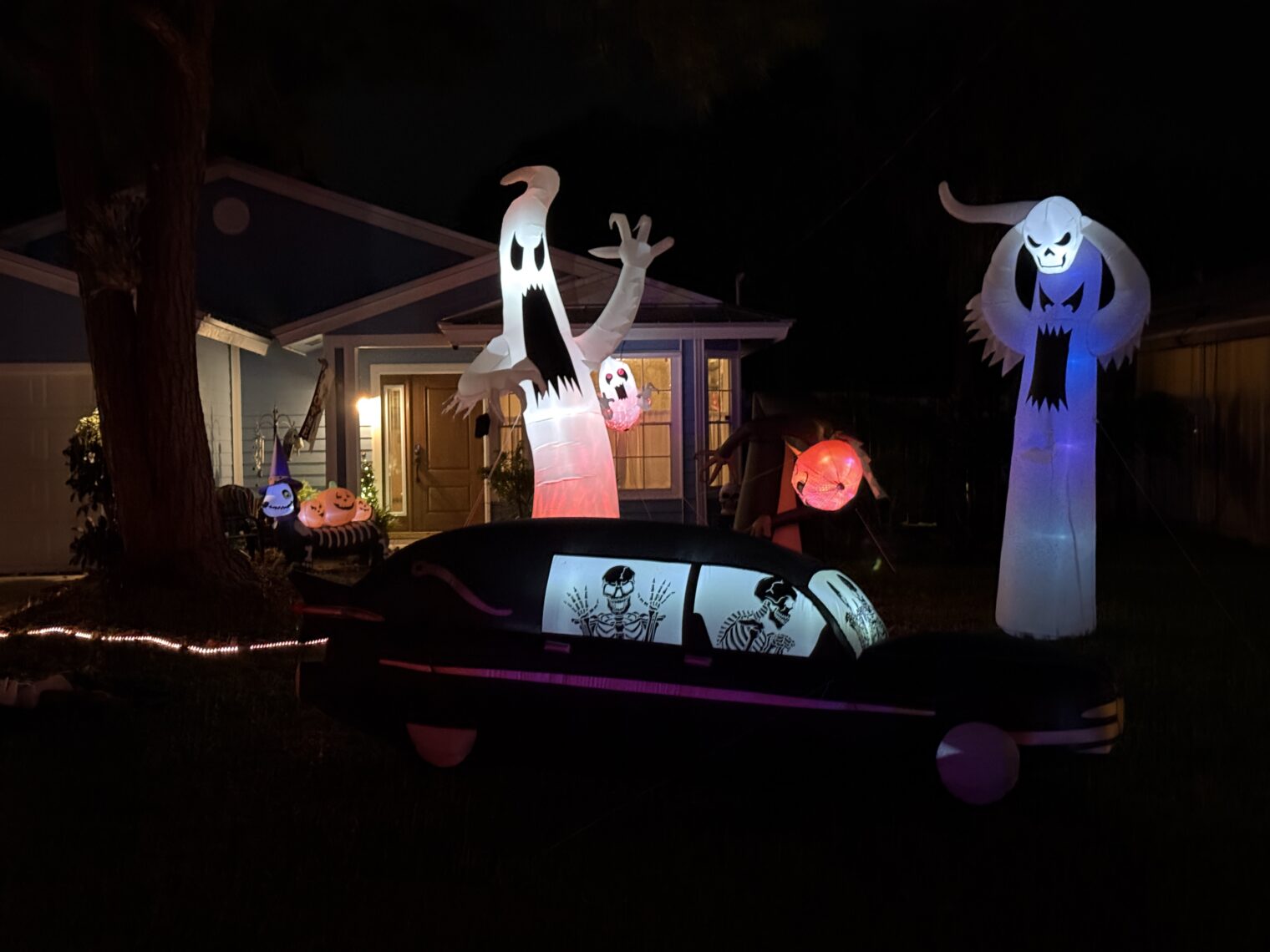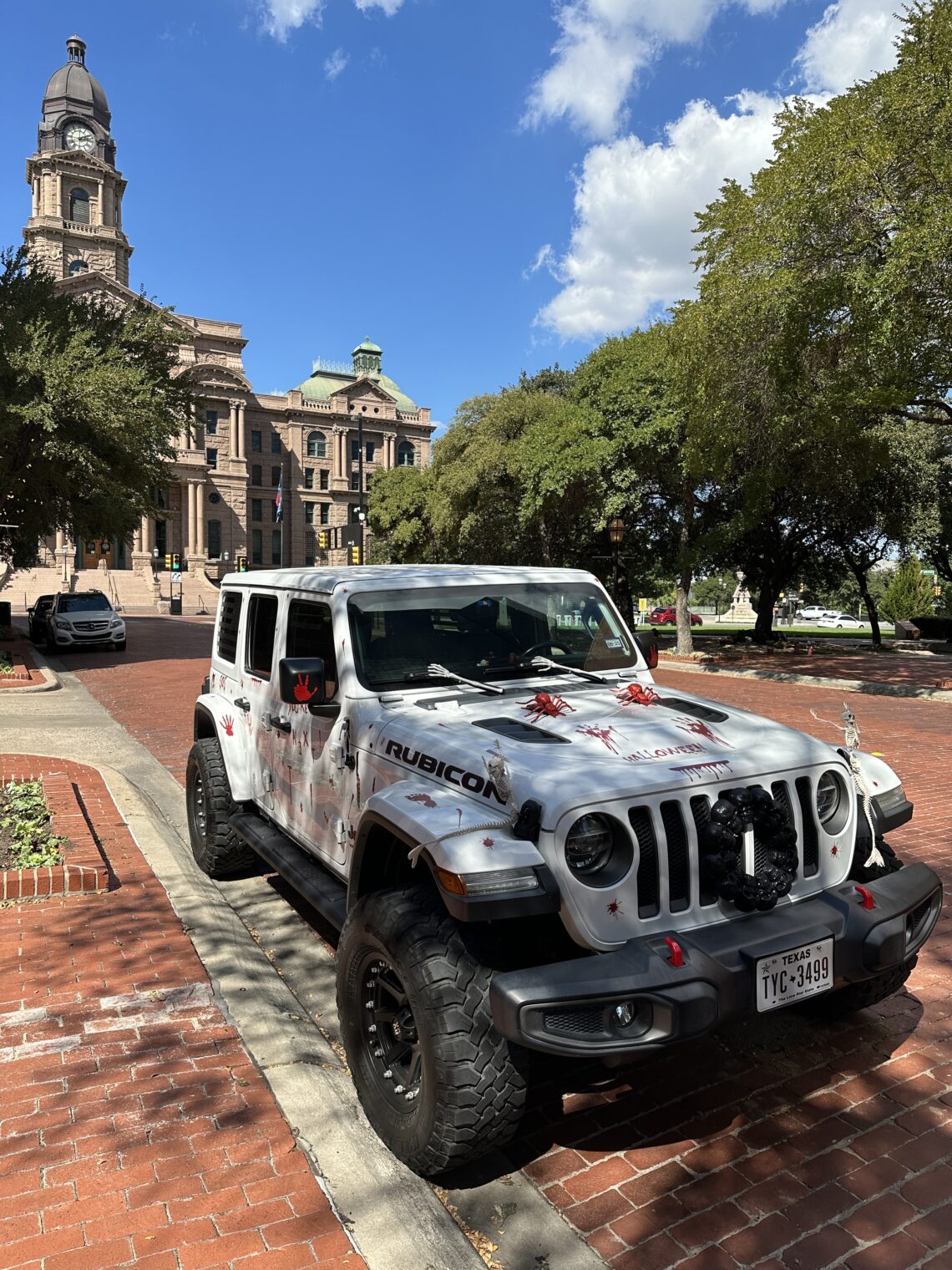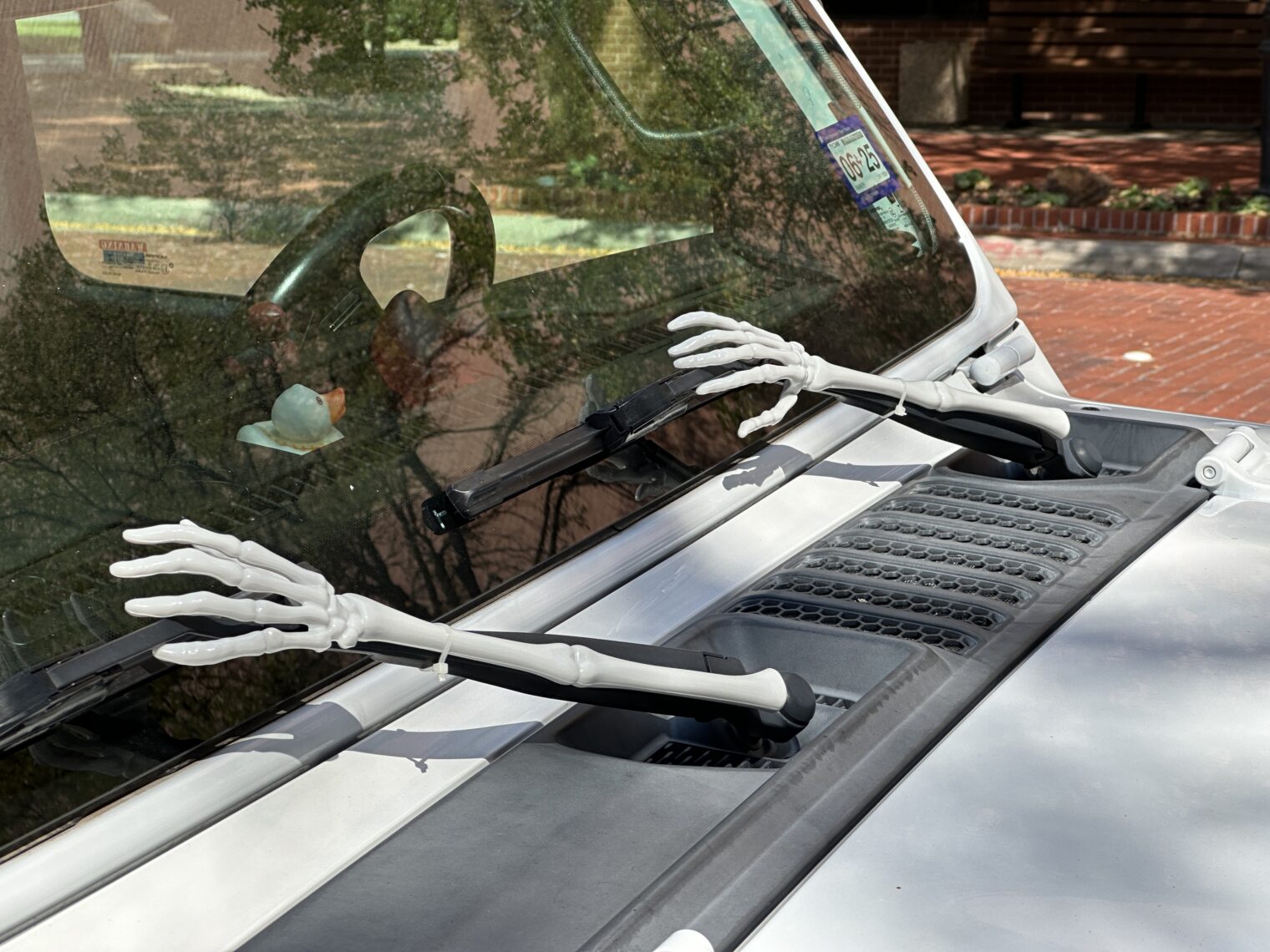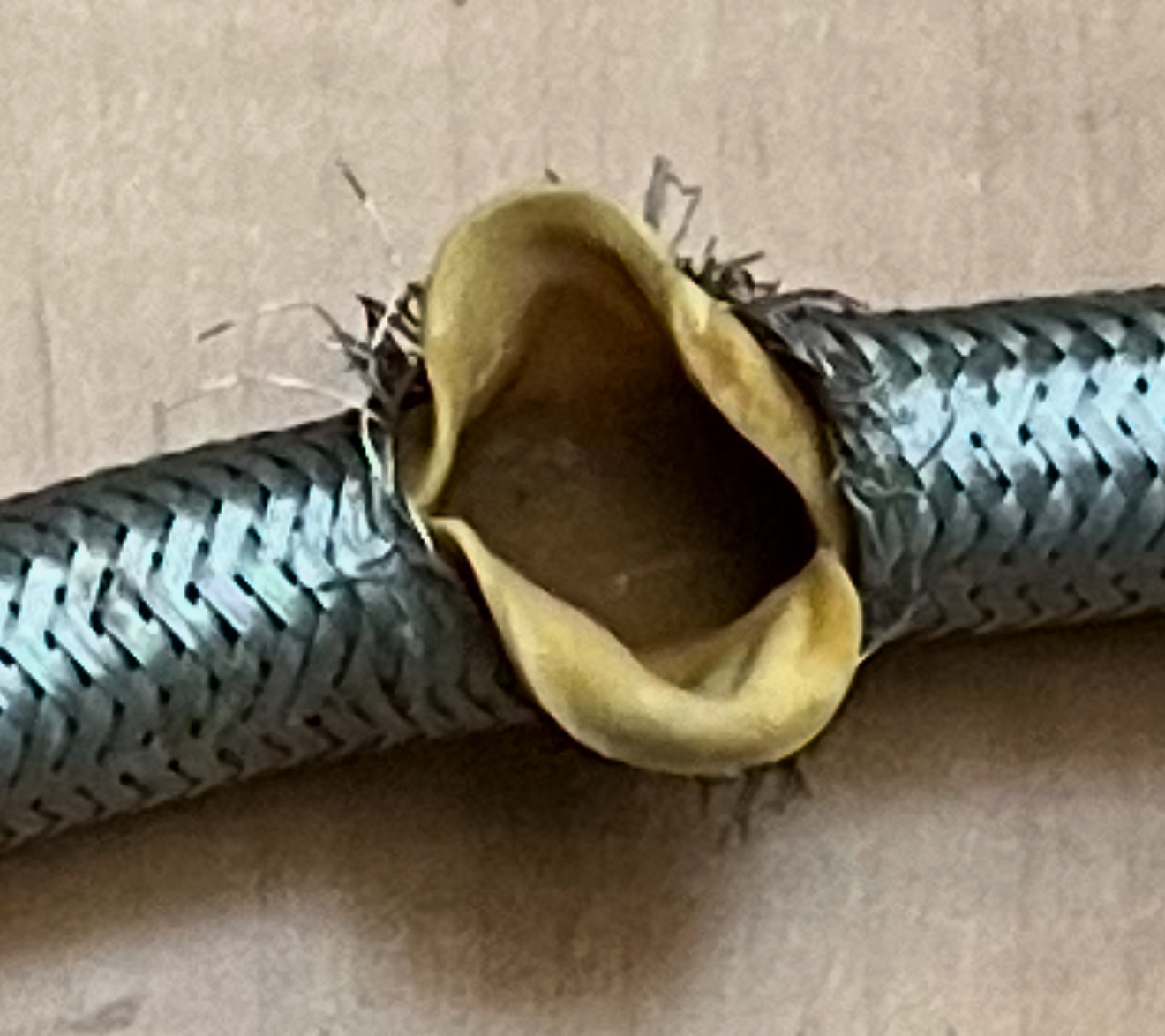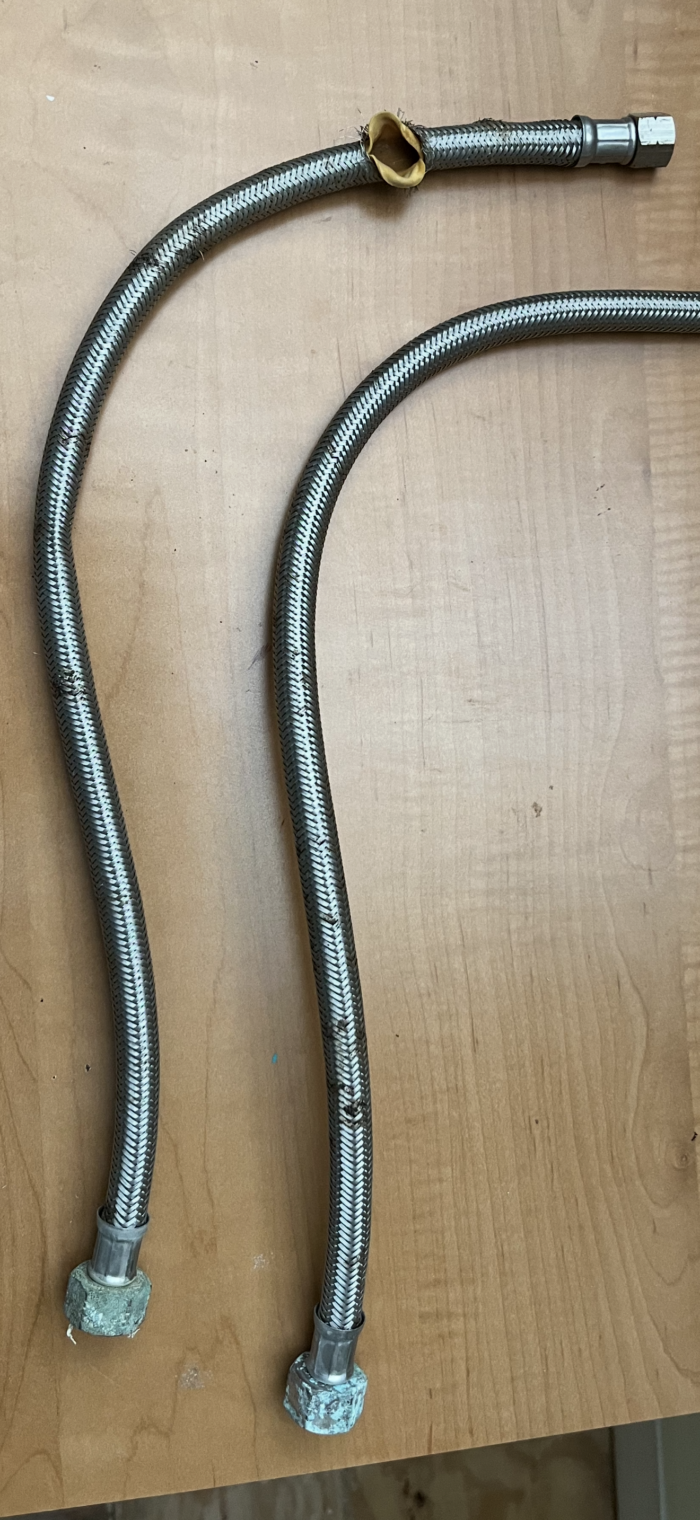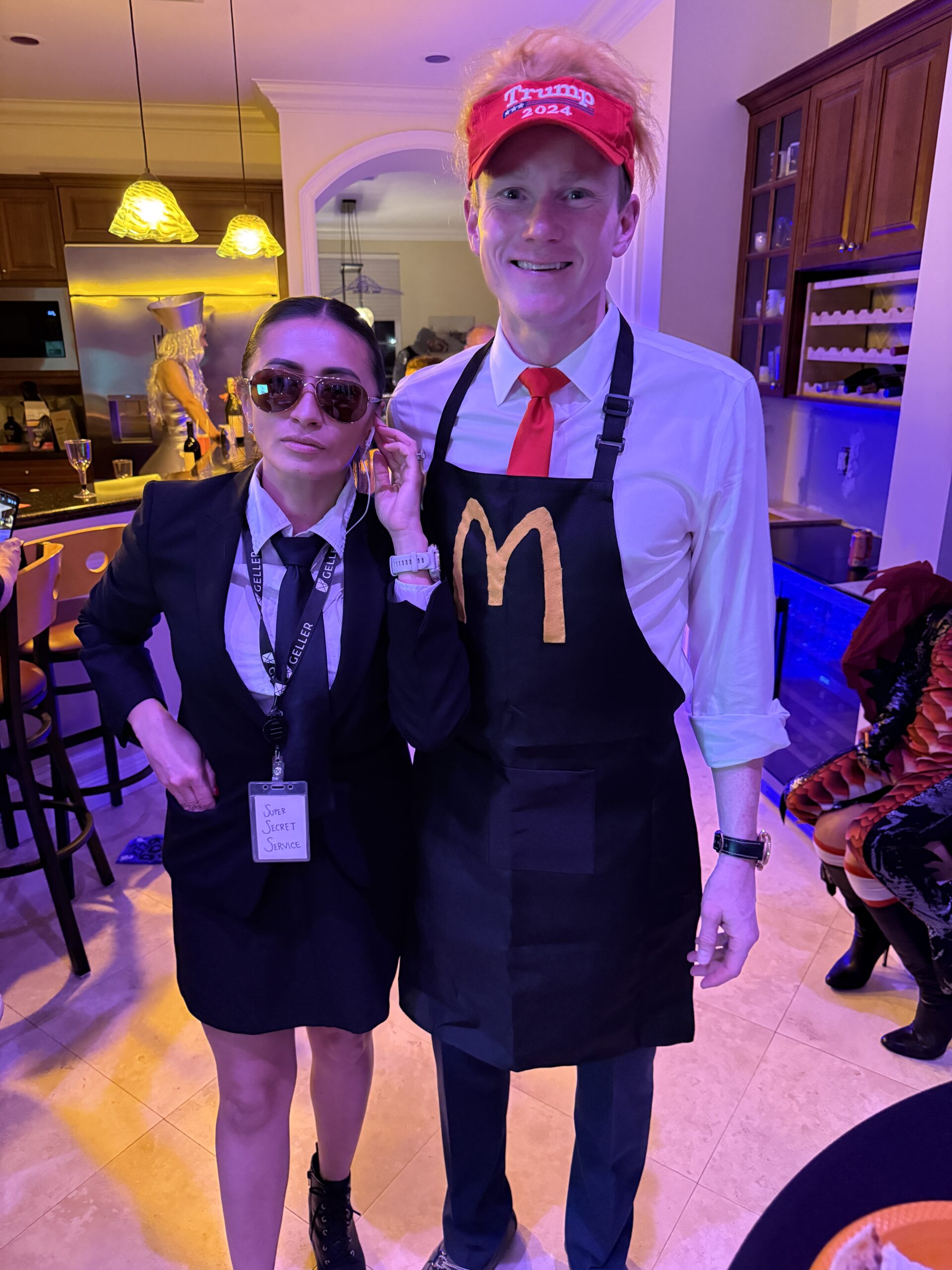American voters dislike white people
Barack Obama says that each of us should vote for a politician who shares our racial identify, e.g., Blacks for Blacks and whites for whites (video): “Kenyan raised by white mother in Hawaii urges Chicago’s [B]lack men to vote for Indian woman raised in Canada”.
It seems, however, that many of us aren’t willing to heed the advice of this Nobel Peace laureate. Here’s some potentially troublesome data for Donald “white guy” Trump:
The underlying source has a front page showing the same information over time:

With the American population overall, whites have dropped from 85 to 69 between 1964-2020 while Blacks have gone from 64 to 72. In other words, Americans overall prefer Blacks to whites and Donald Trump isn’t the Presidential candidate who identifies as “Black”.
(Why don’t Americans in general have a “warm” feeling about Asian-Americans? Why aren’t they the most-loved group by all subgroups within the U.S. and by Americans overall? What’s not to love about a neighbor who is unlikely to commit a crime and very likely to pay taxes? One can see from the above data that Kamala Harris is wise to identify as “Black” rather than “Indian” or “Asian”!)
From the same source, as government has grown to consume a larger fraction of the economy the percentage of Americans who “care a good deal” about who becomes president has increased:
And the democratic process is guaranteed to make our government larger, as a percentage of GDP. Roughly twice as many Americans want a larger government as want a smaller government:
Among Democrats, its a roughly 17:1 ratio of people who want a larger government to those who’d like to see a larger role for private enterprise and private spending:
It’s not just Maskachusetts… Americans in general have grown to hate those who vote for the opposing party:
“Importance of American Identity” is interesting. There was a dramatic decline from 2012-2020 in the percentage of Americans who thought that being “American” was important. The shift for Democrats has been particularly dramatic so it makes sense that they’d support giving higher priority to the interests of migrants than to the interests of the native-born working class.
Loosely related… the New York Times reminds us that there is one class of Americans that is even better than the merely Black:
Speaking of the New York Times, a white reporter lists all of the reasons “Why Is Trump Gaining With Black and Hispanic Voters?” and fails to consider the possibility that Black and Hispanic voters might be capable of rational thought and, therefore, might have concluded that Donald Trump would do a better job at running the U.S. government than his opponent would. The reporter and his/her/zir/their editors posit that Black voters might like Trump because he is entertaining or that they are filled with “resentment” about “woke cultural norms”. It’s an interesting window into the mind of the white Democratic elite!
Full post, including comments

